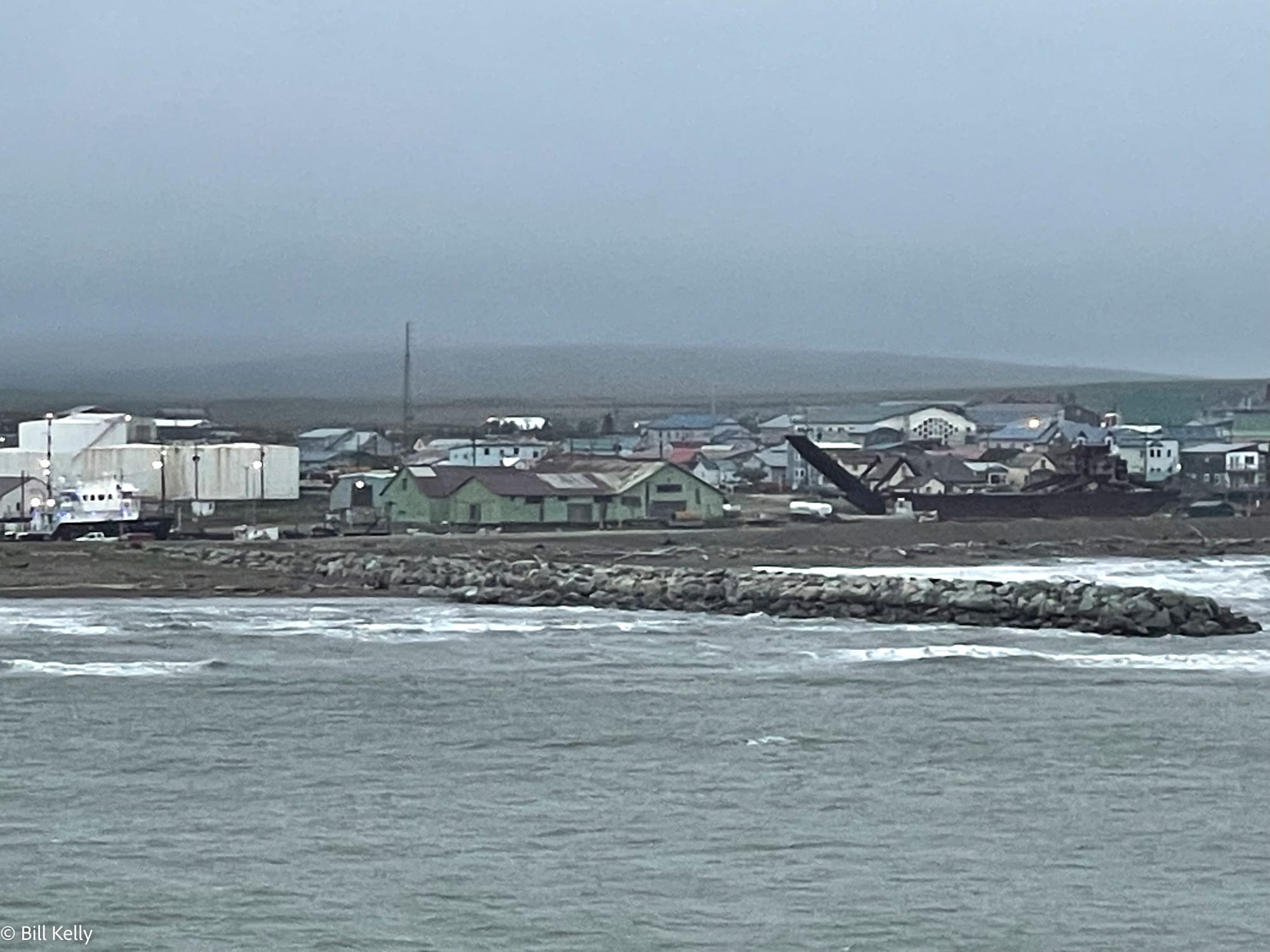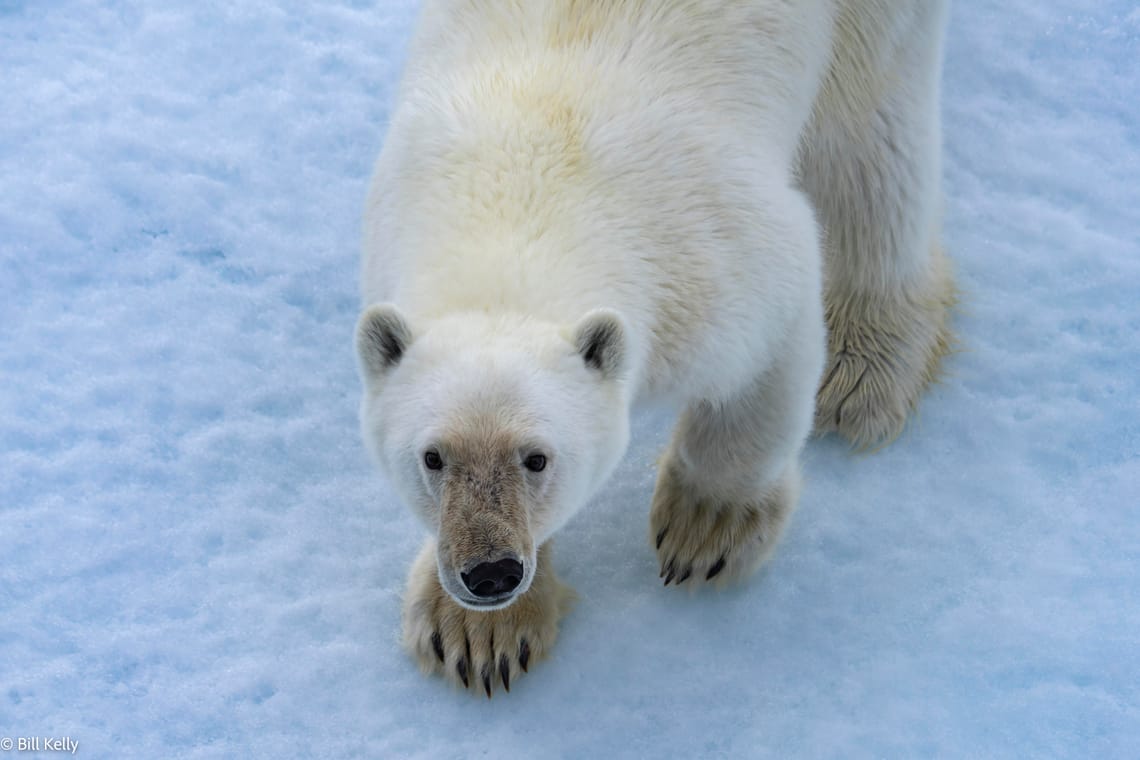
Northwest Passage
In July and August 2024 Lisa and I travelled from Greenland to Alaska aboard the National Geographic/Lindblad Resolution. We travelled 4400 nautical miles from Kangerlussuaq, Greenland to Nome, Alaska.
History: Between 10,000 and 15,000 years ago the Thule people crossed the Bering Sea land bridge and inhabited the Arctic from Siberia to Greenland. These are the ancestors of the Inuits who live in Canada and Greenland today. European explorers to this area often perished while trying to find the Northwest passage because they didn't really value the knowledge of the Inuits. We saw graves from the Franklin Expedition in which the entire expedition perished, and we saw areas inhabited by the successful Amundson expedition, who partnered with local Inuits.
Climate Change: This trip is possible because of climate change, which is in the process of permanently impacting this region. Polar bears and walruses rely on sea ice, which is rapidly disappearing, and Inuits depend on hunting for their livelihood. We found out that in Ilulissat, the ice fjord is producing 86 tons of fresh water a day, draining off the Greenland Ice sheet. In our transit which was early august past the Bellot Strait we found no sea ice in our path, and we needed to detour into Peel Strait to find sea ice. Similarly, when we exited the Canadian islands into the Beaufort sea we had to steam hours north to find sea ice. This is all not 'normal' and has been rapidly changing over the last ten to 20 years. Finally, on our visit to Herschel Island we witnessed permafrost collapse: whole swaths of topsoil are sliding into the sea when the permafrost thaws.
Greenland
Ilulissat, Greenland
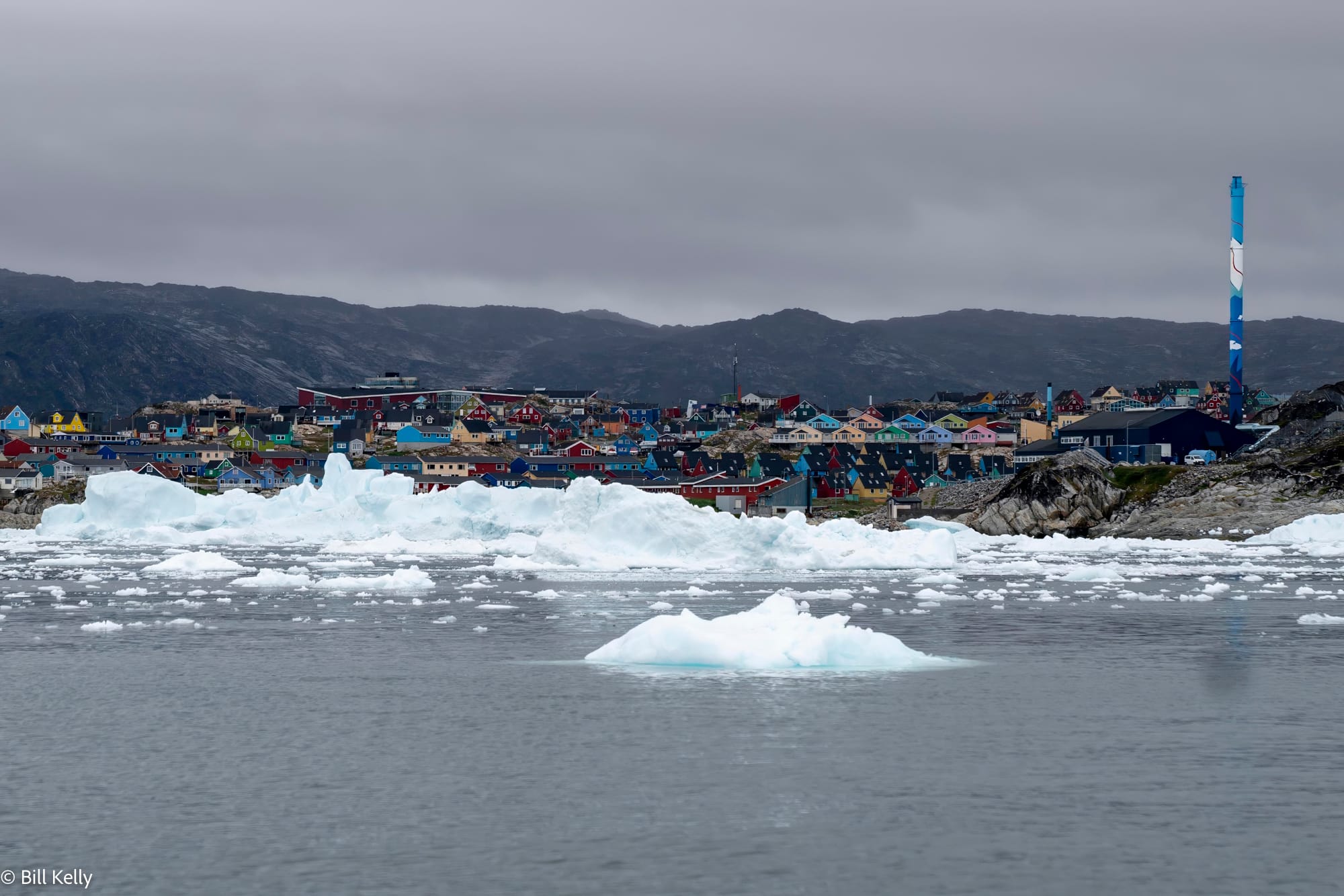
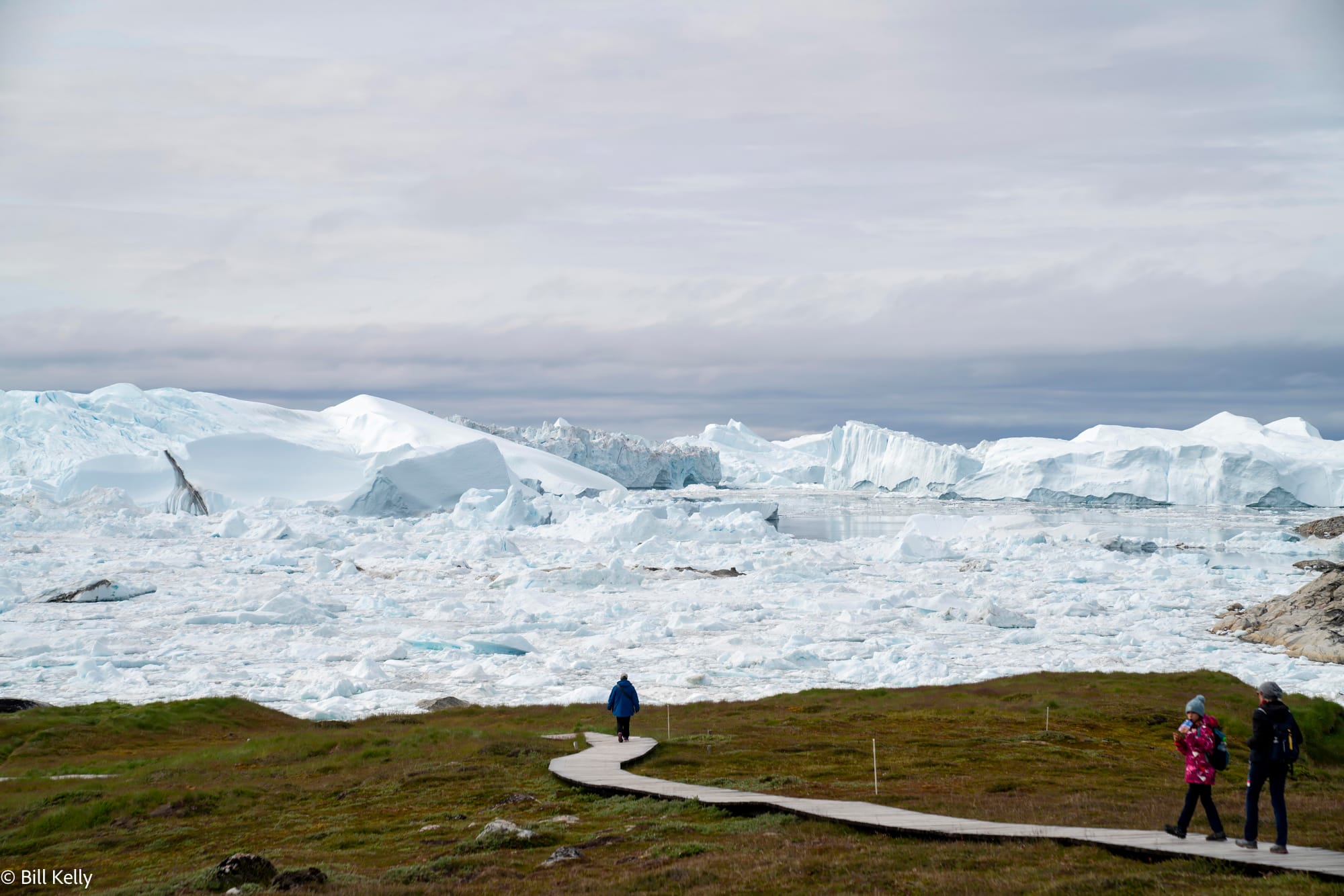
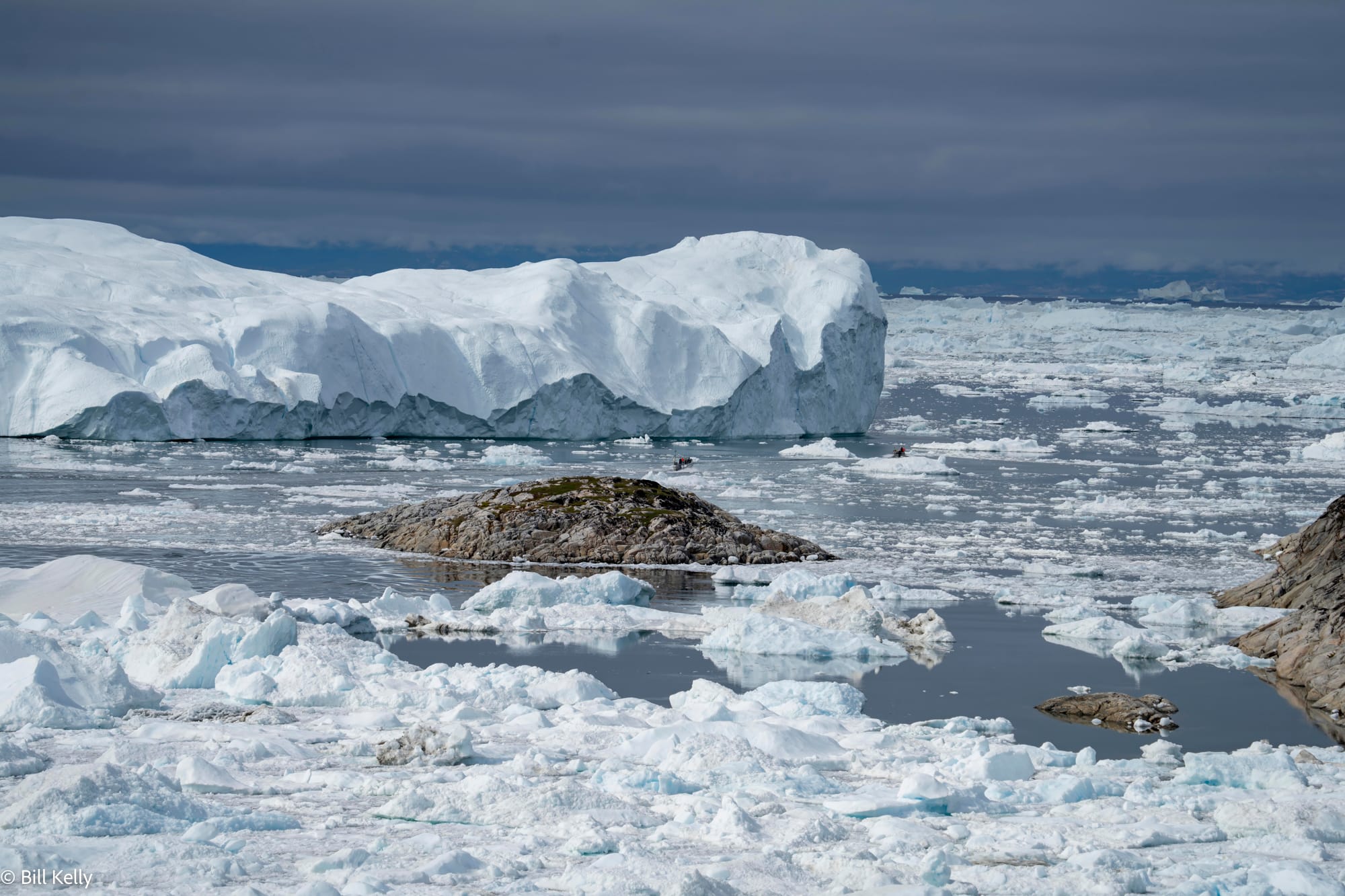
Uummannaq Fjord, Greenland
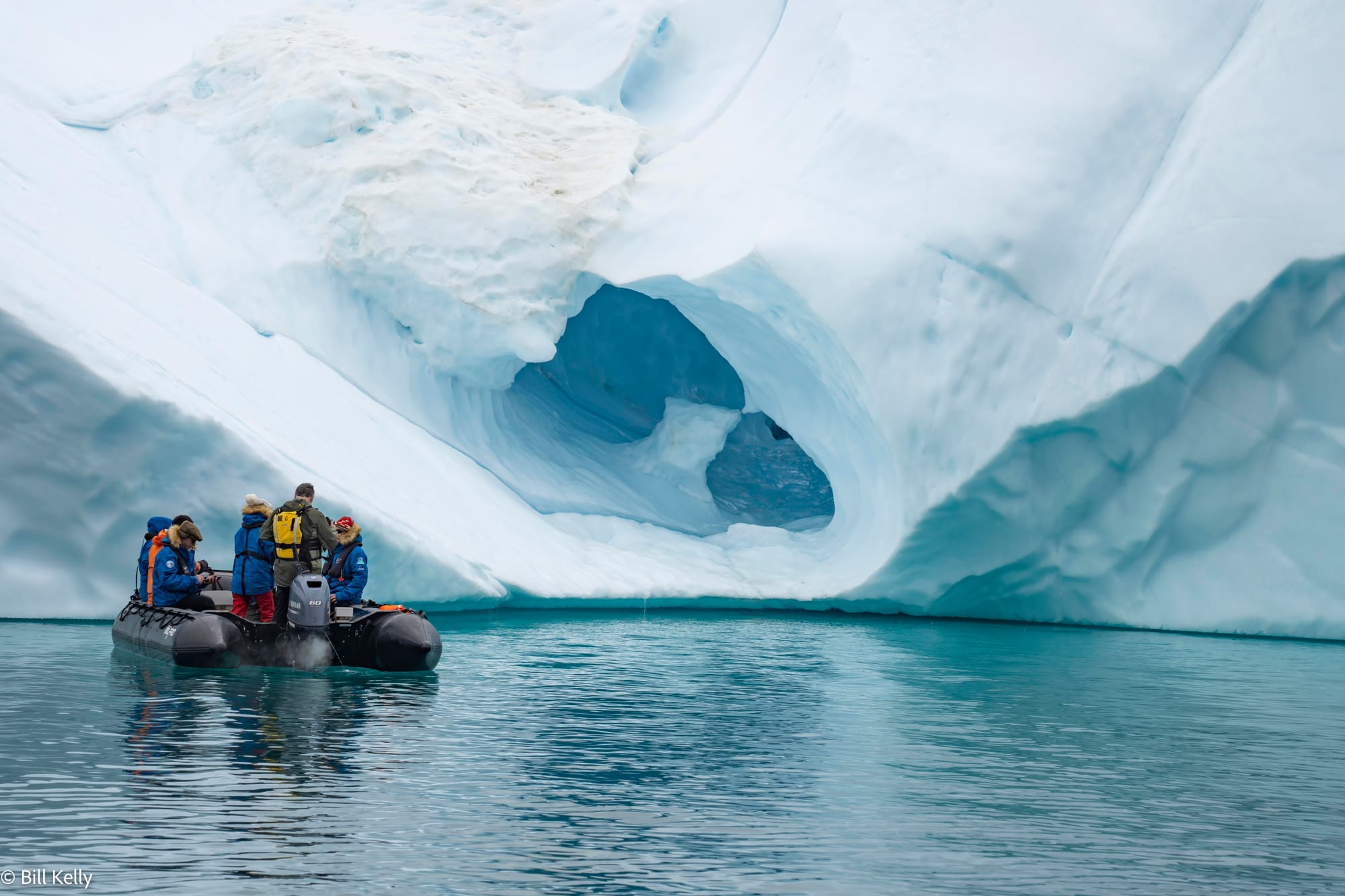
Upernaviks Icefjord, Greenland
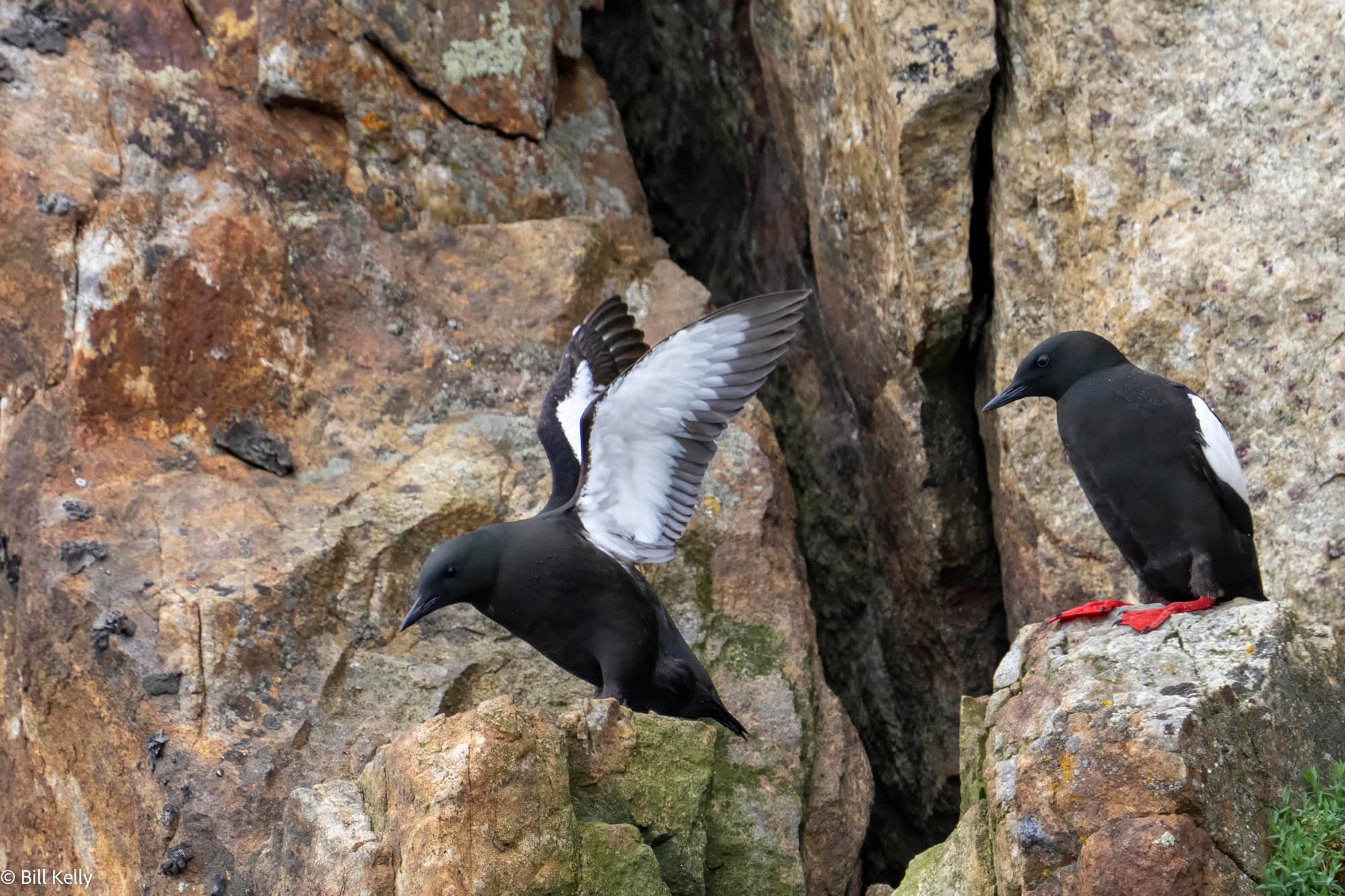

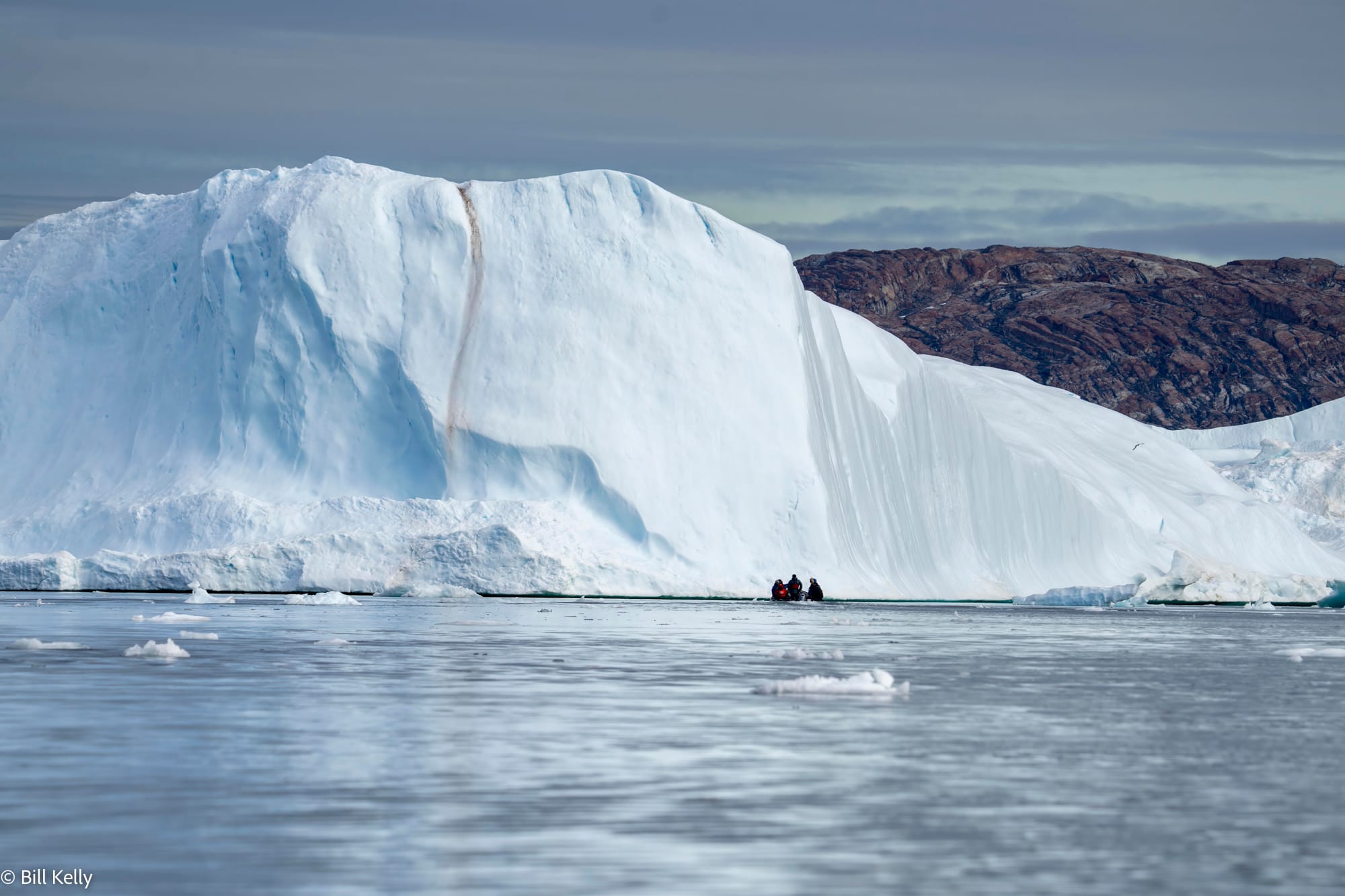
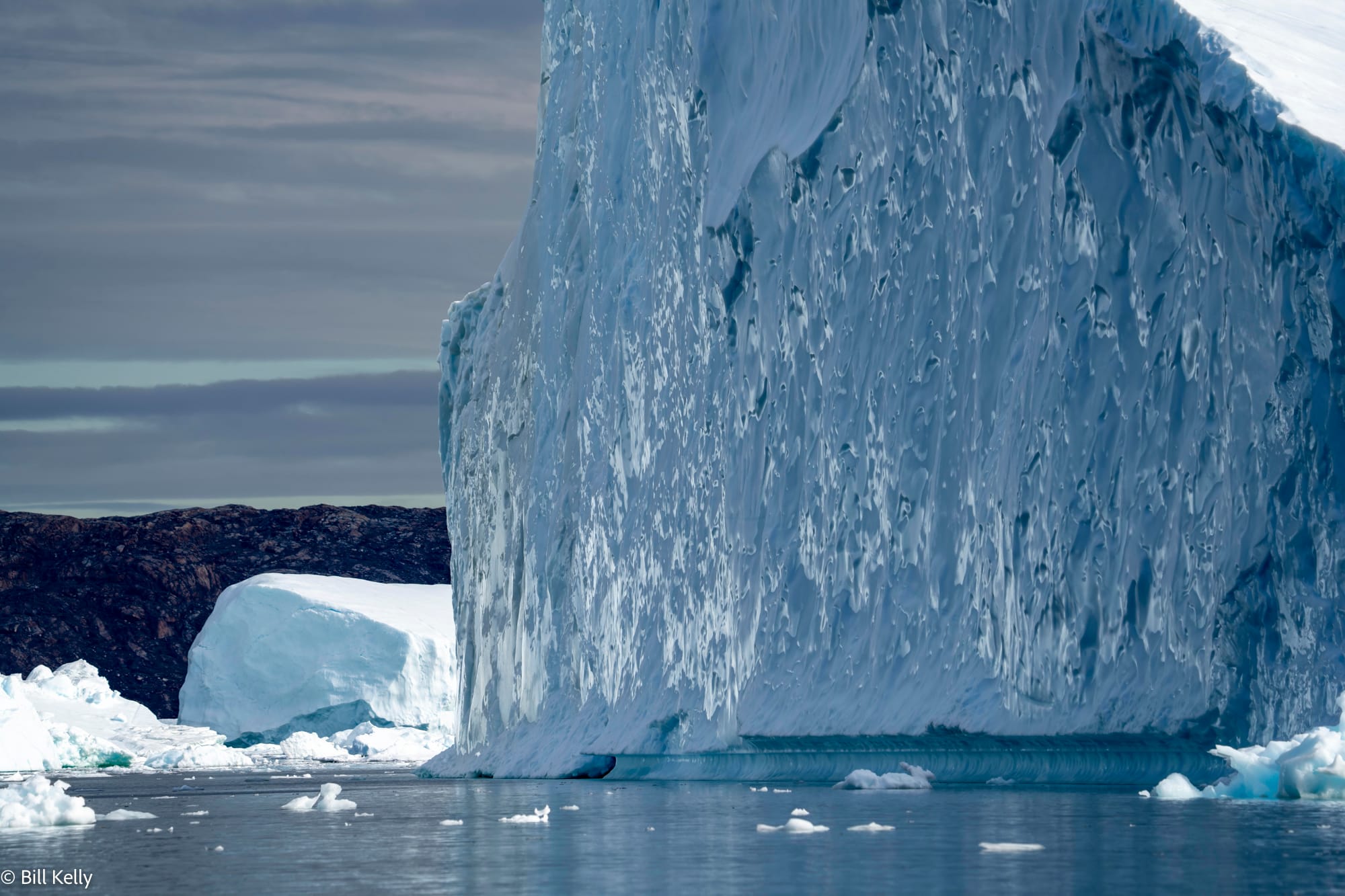
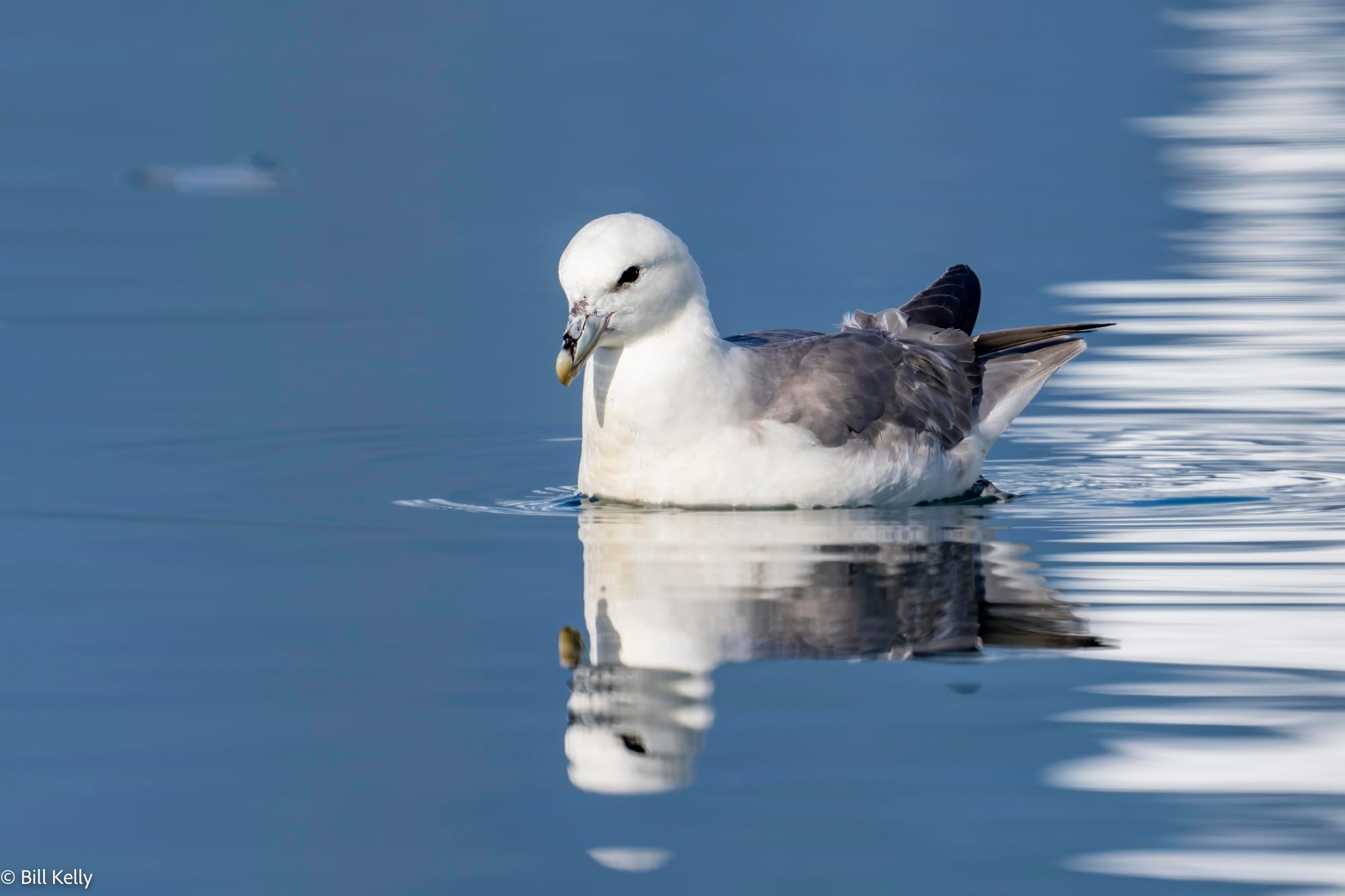
Baffin Bay / Davis Strait
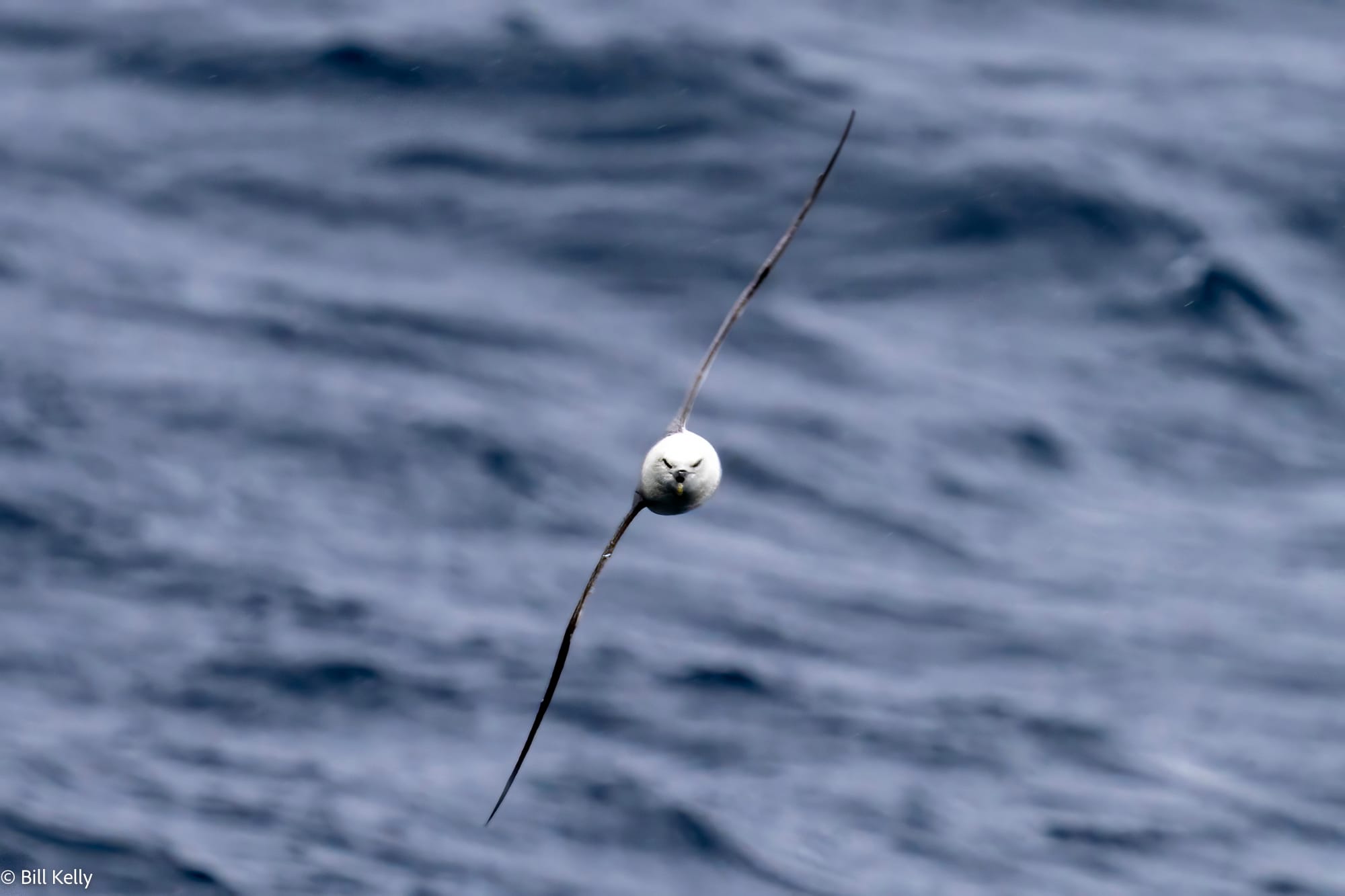
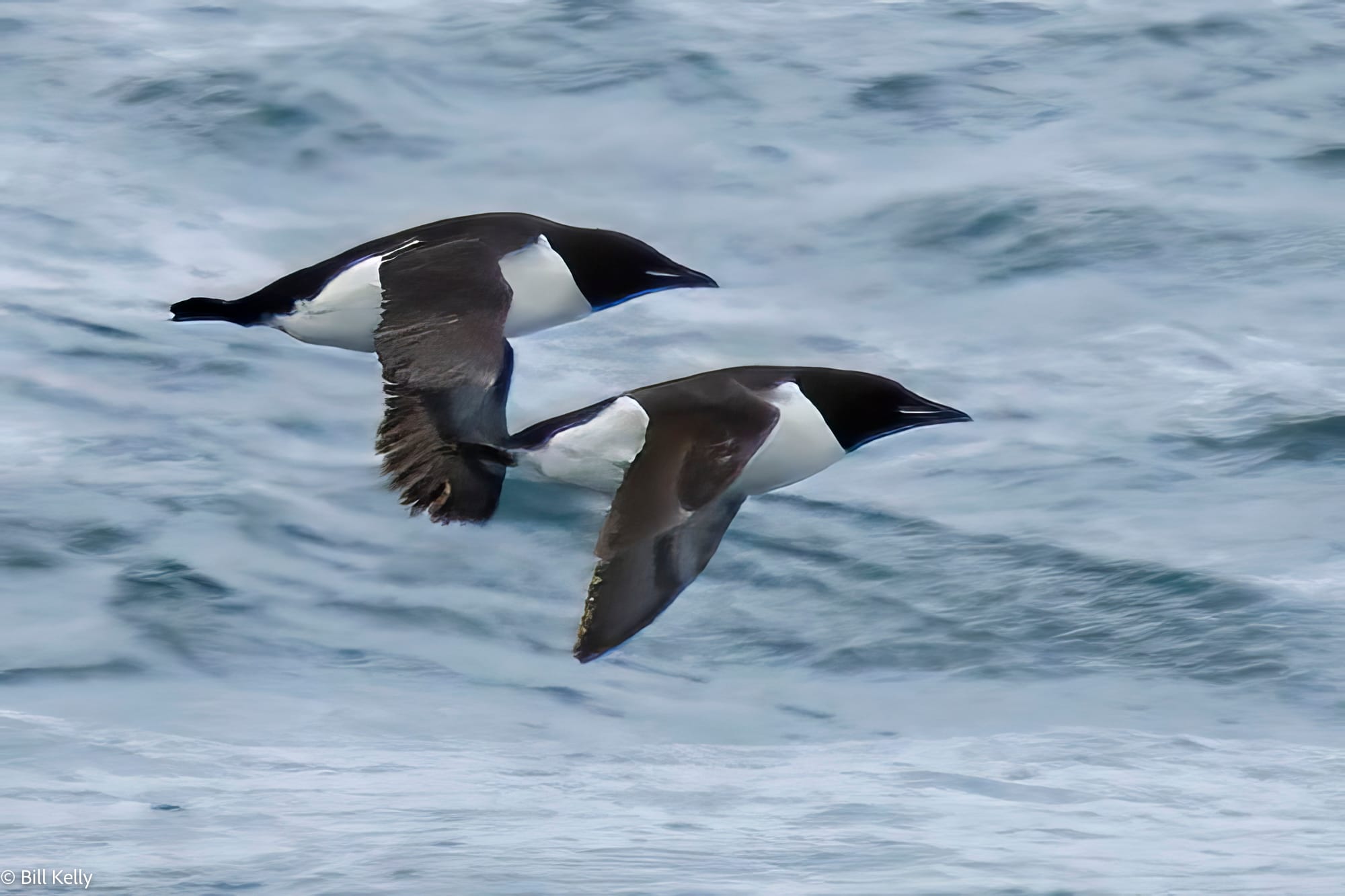
Canada
Baffin Island, Nunavut, Canada
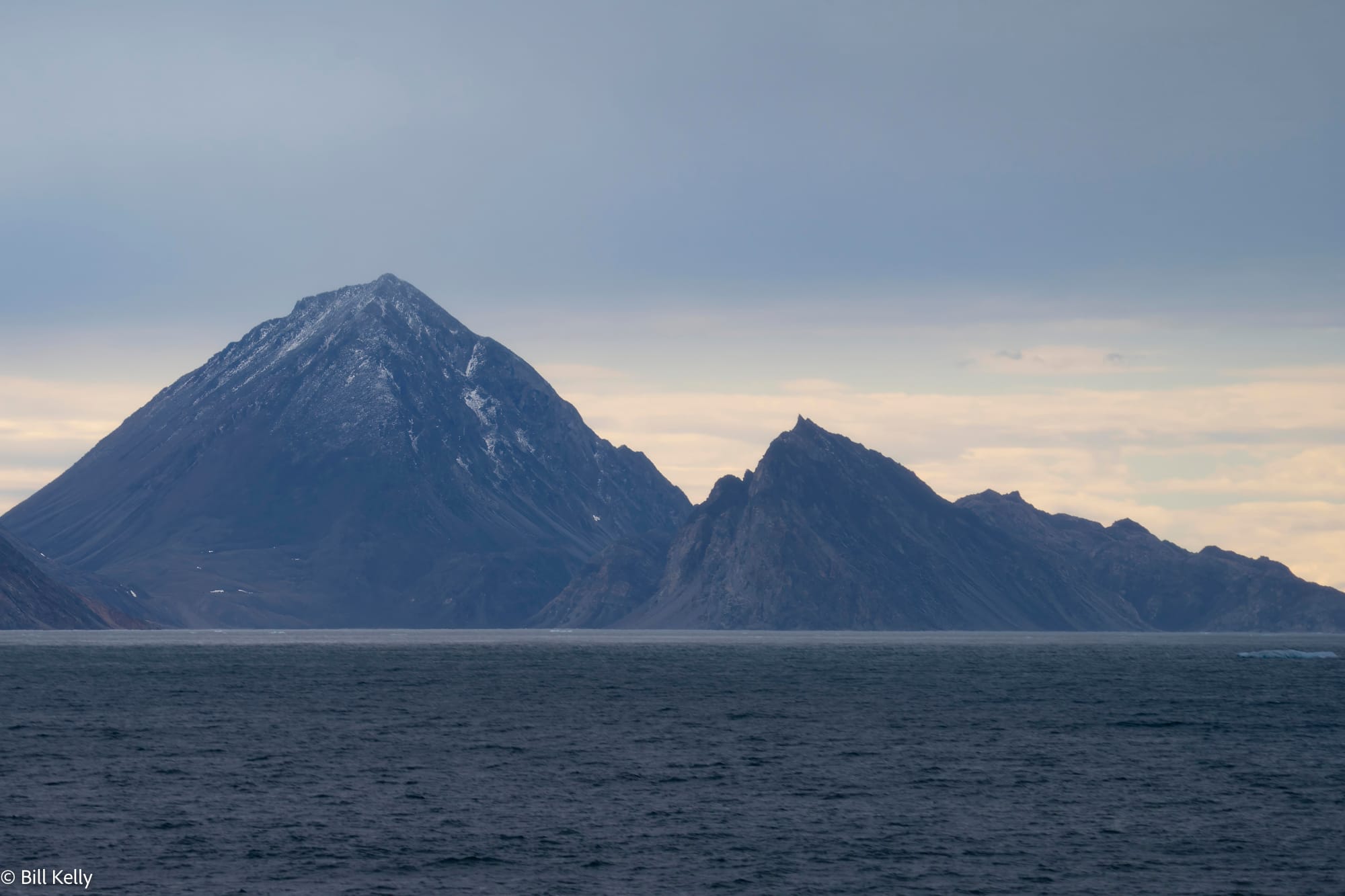
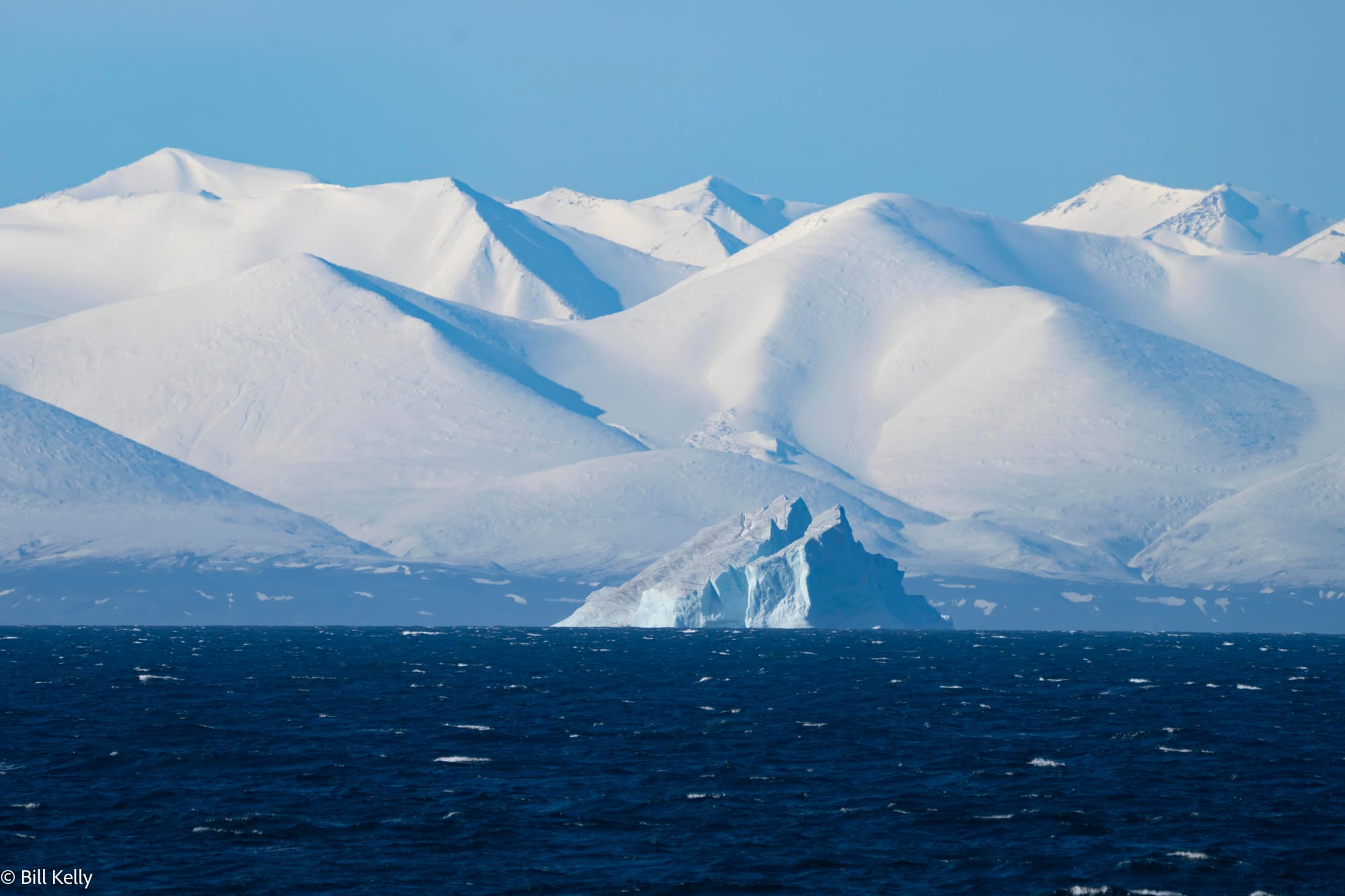
Lancaster Sound, Nunavut, Canada
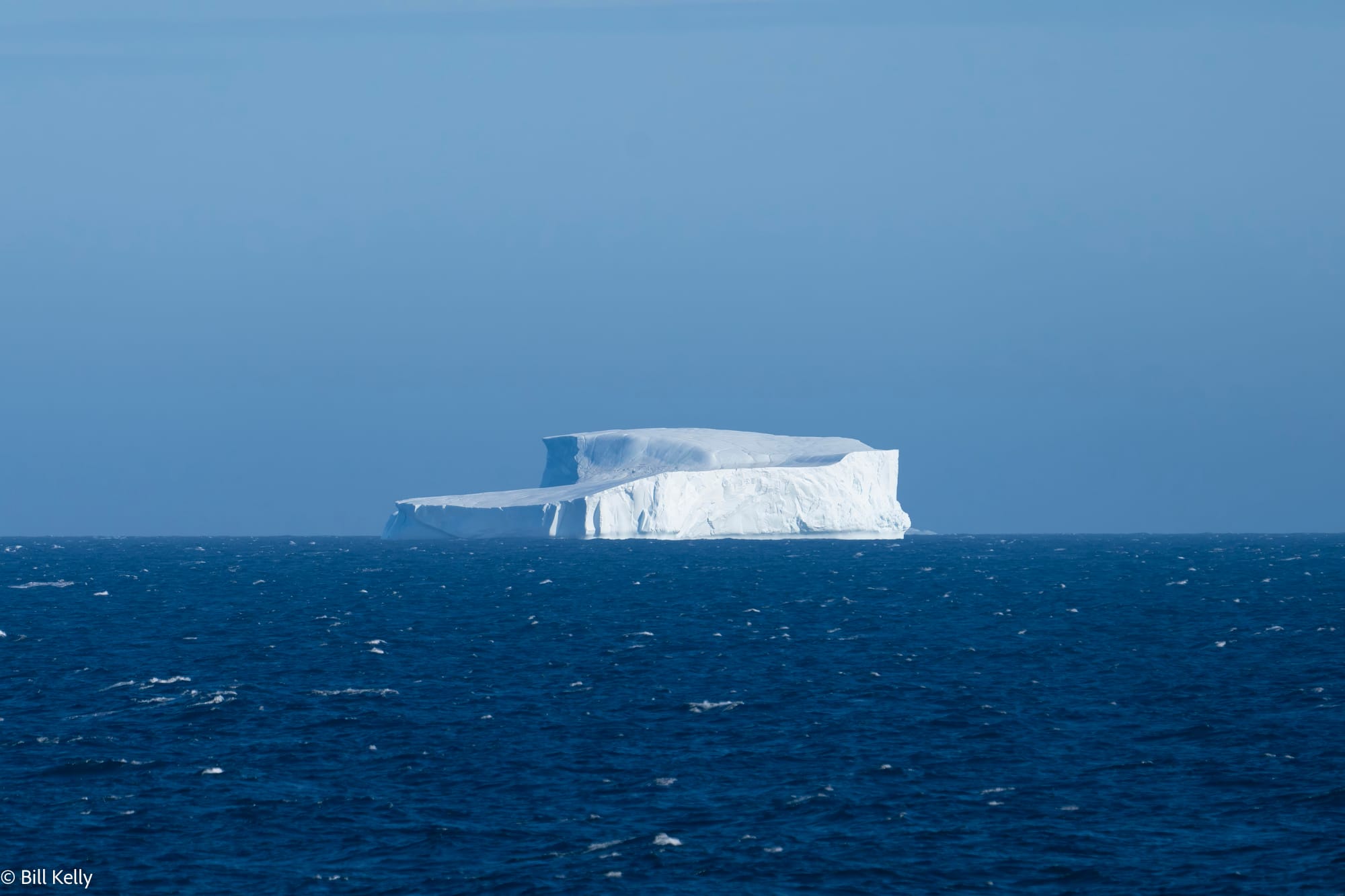
Beechy Island, Nunavut, Canada
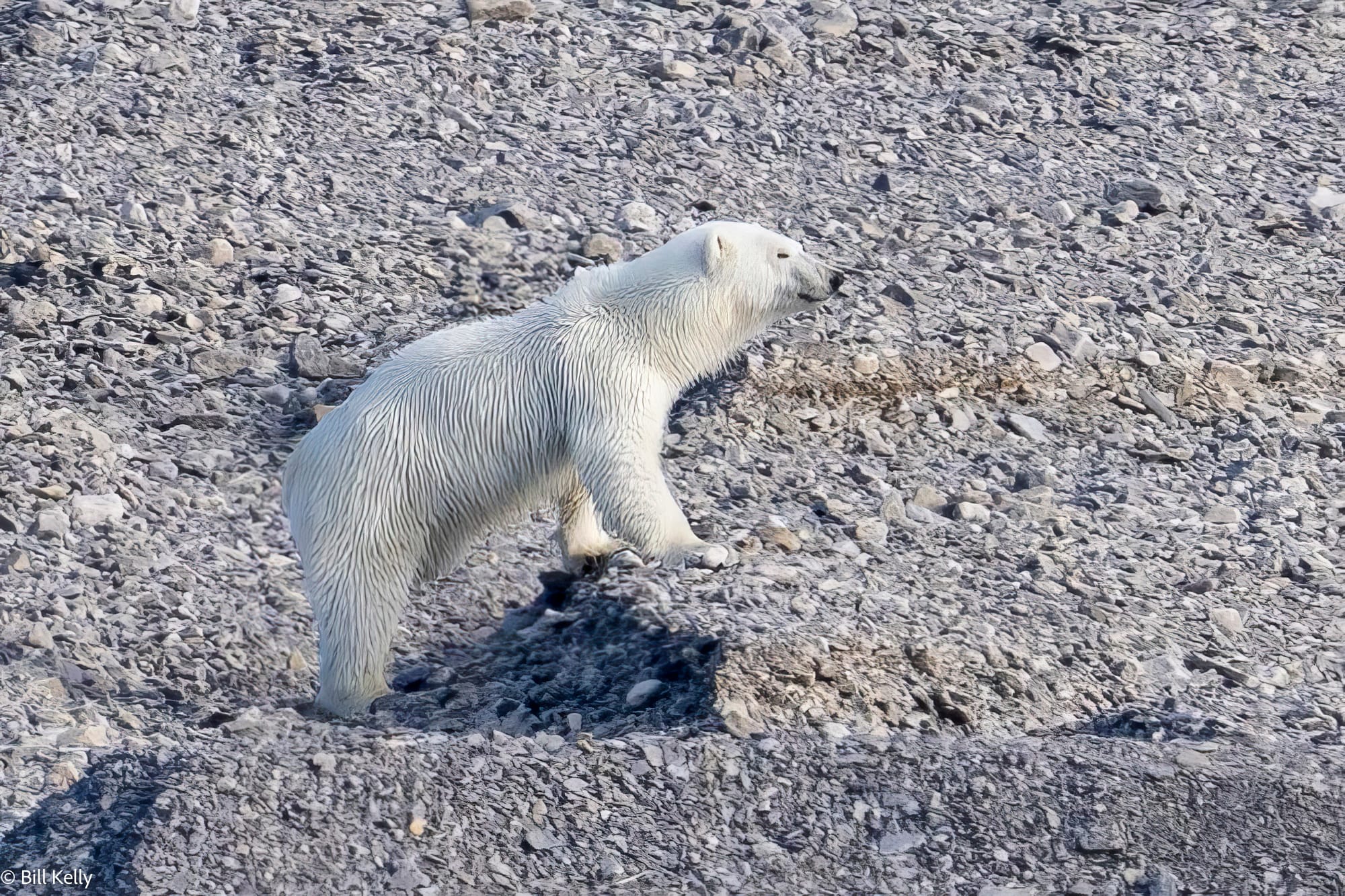
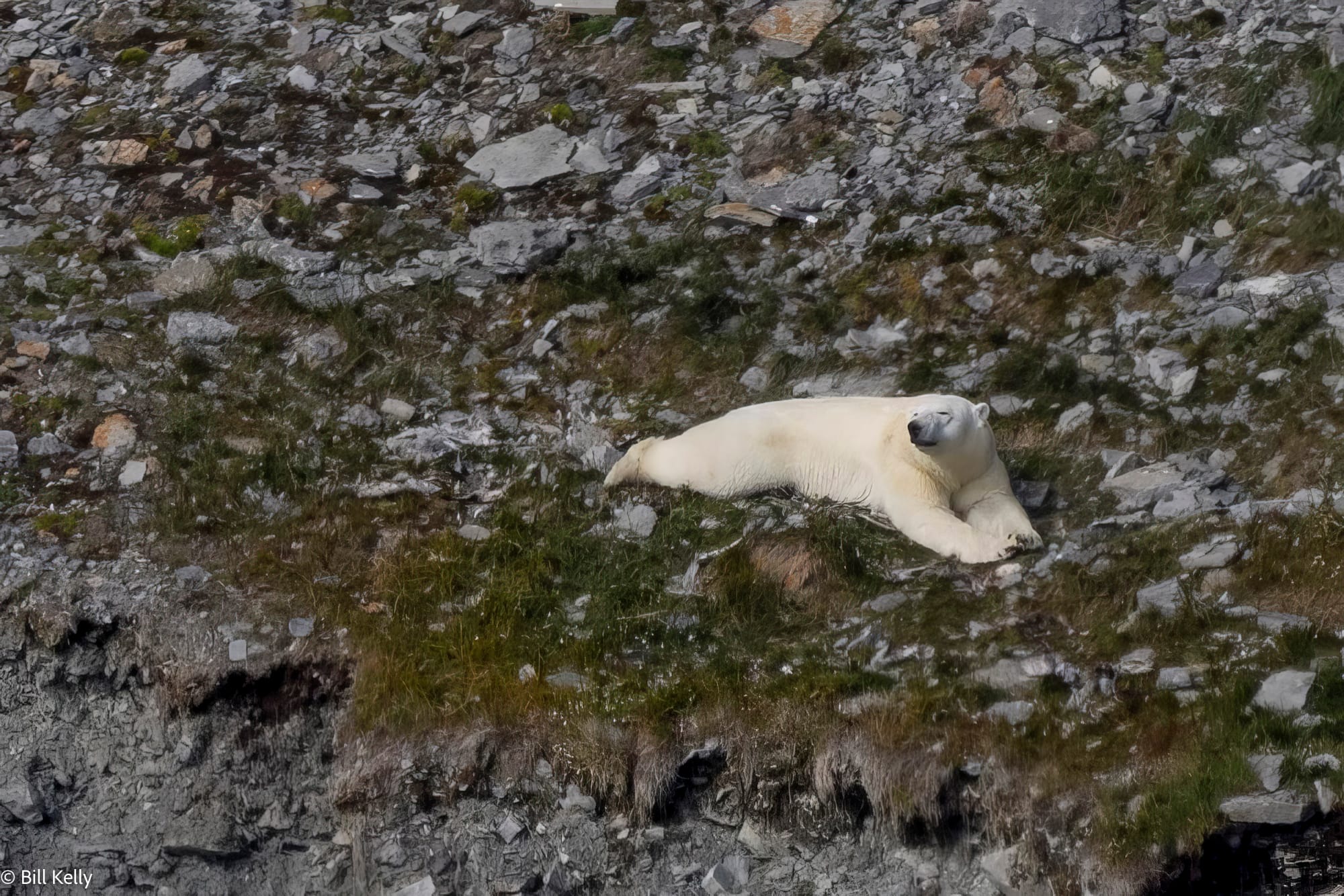
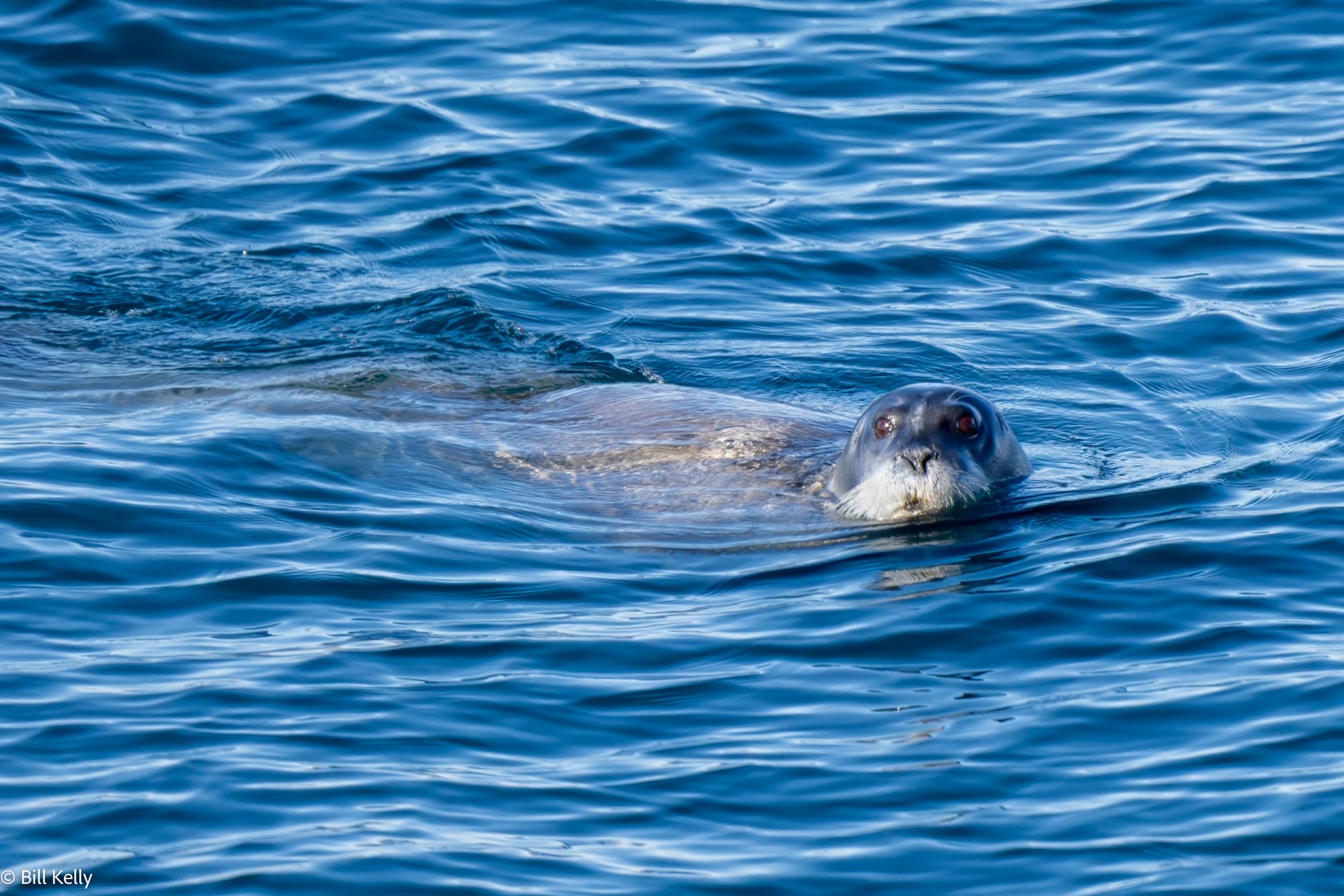
Fort Ross, Nunavut, Canada
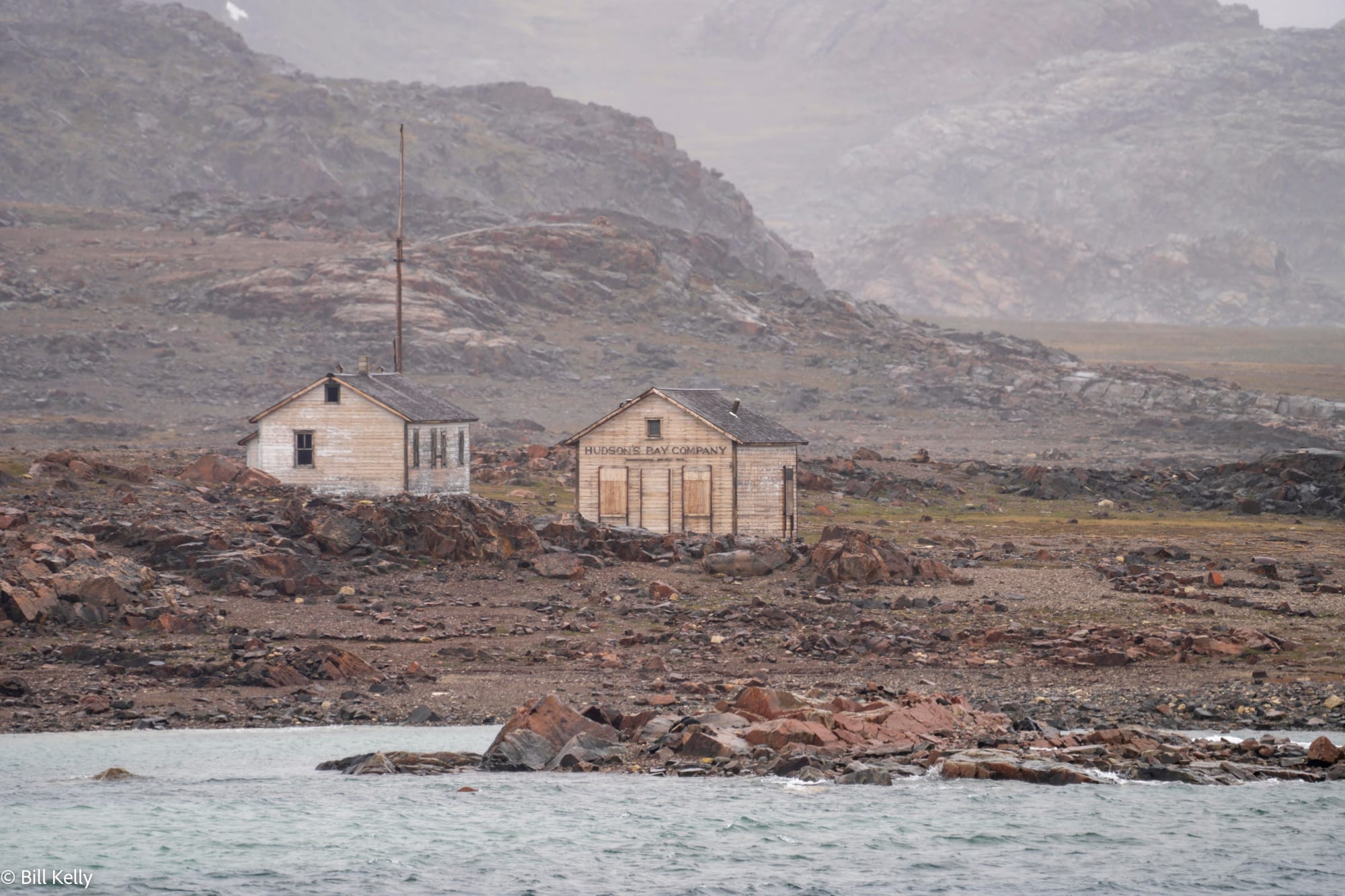
Peel Sound, Nunavut, Canada
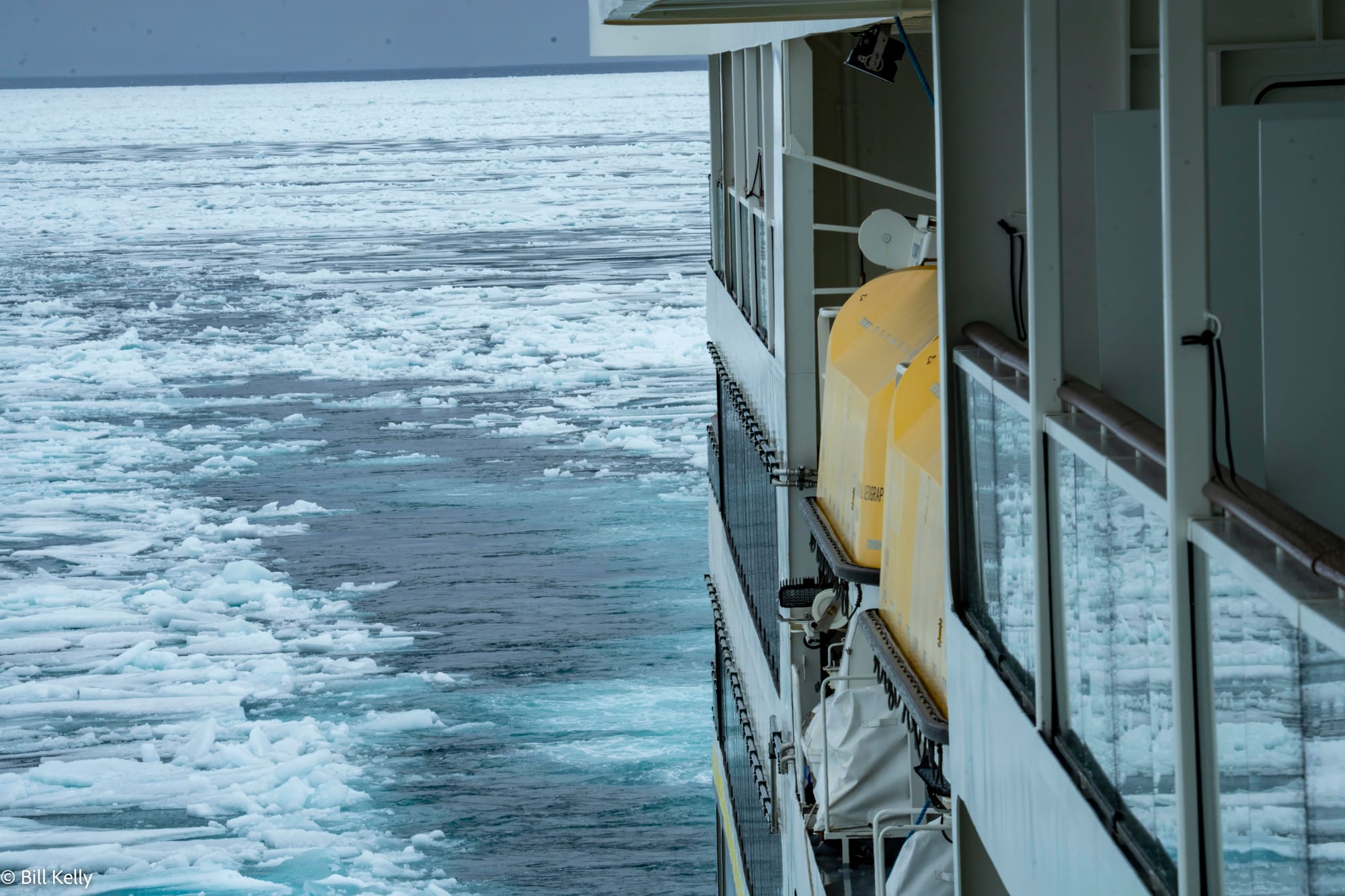
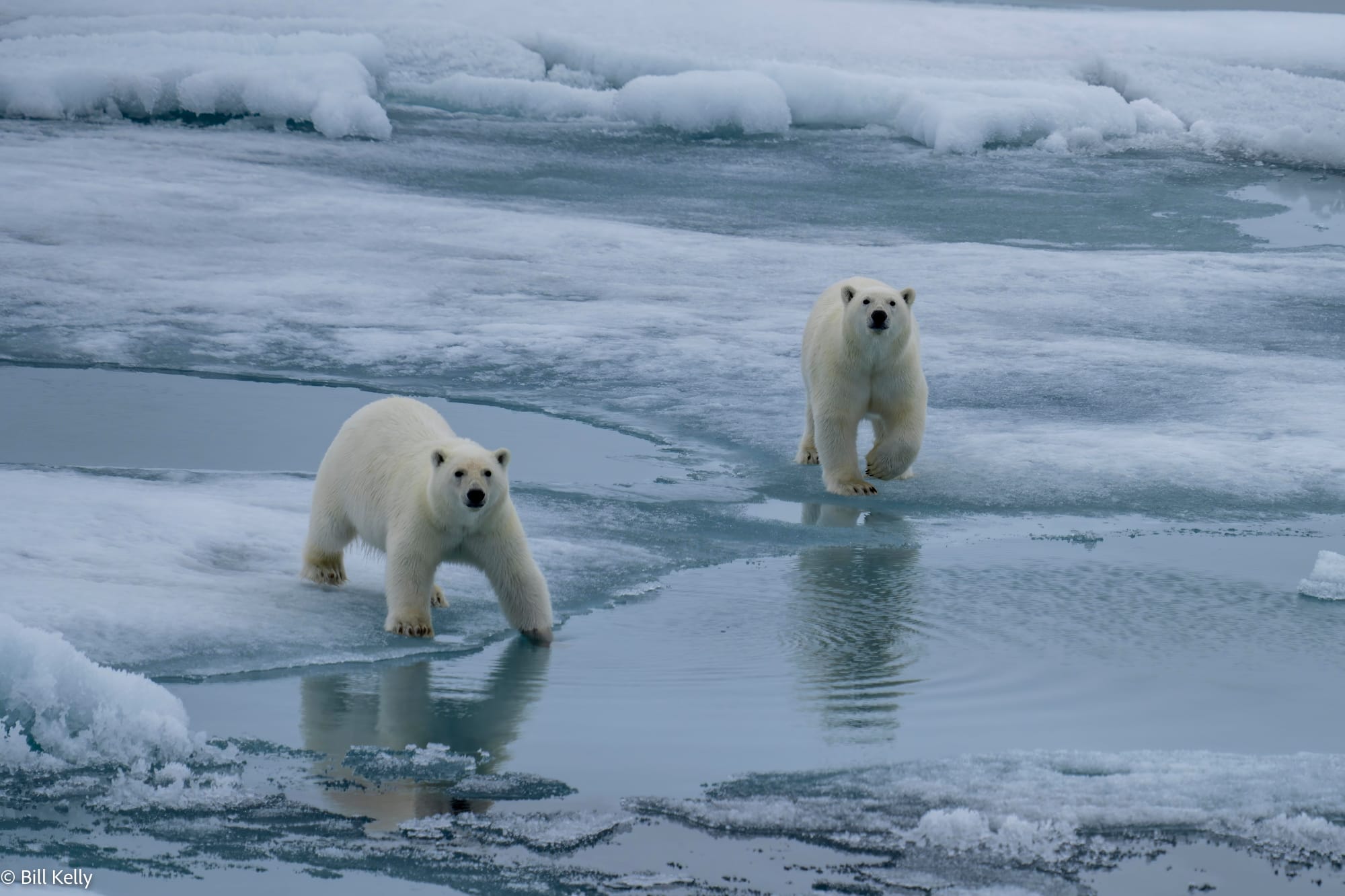
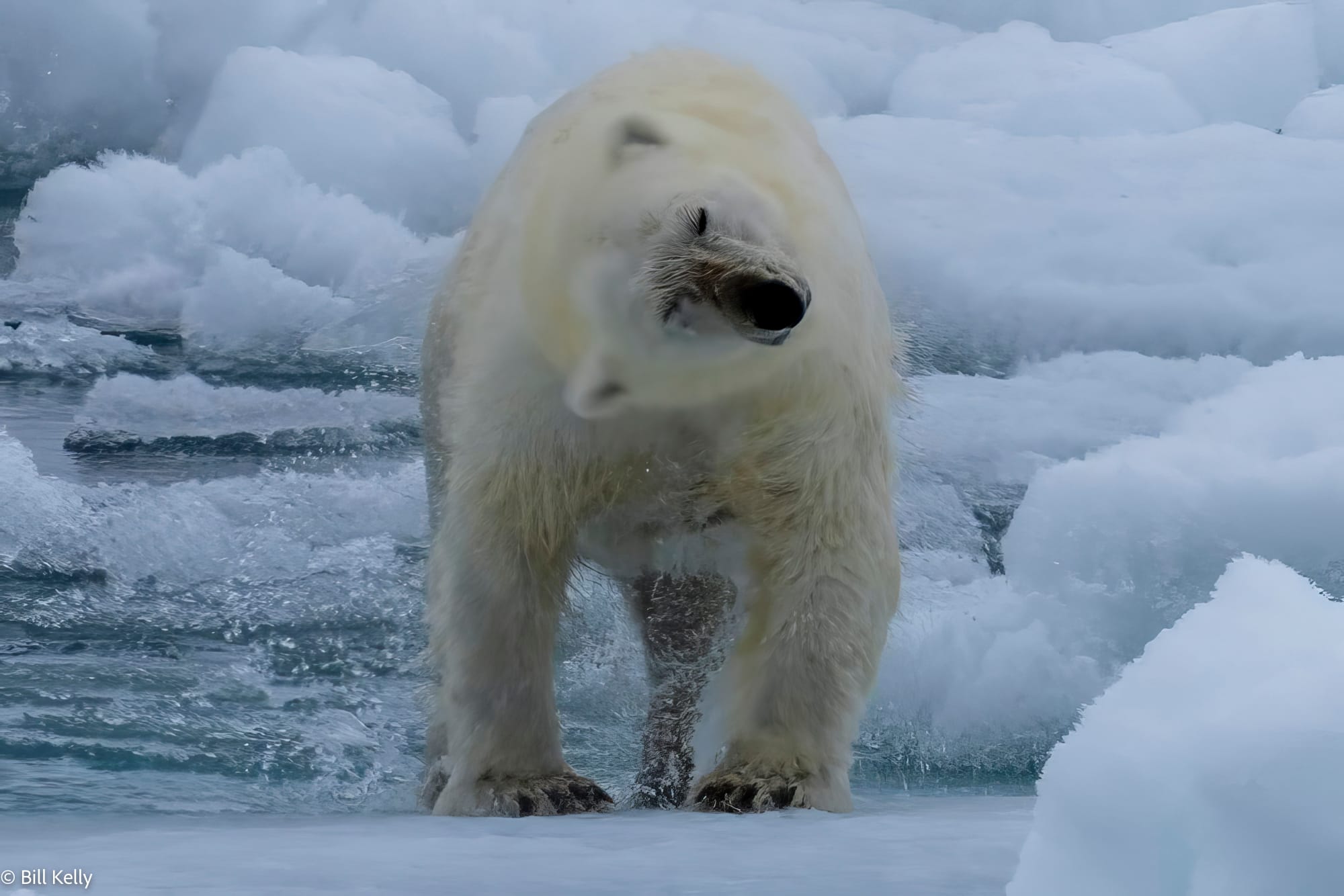
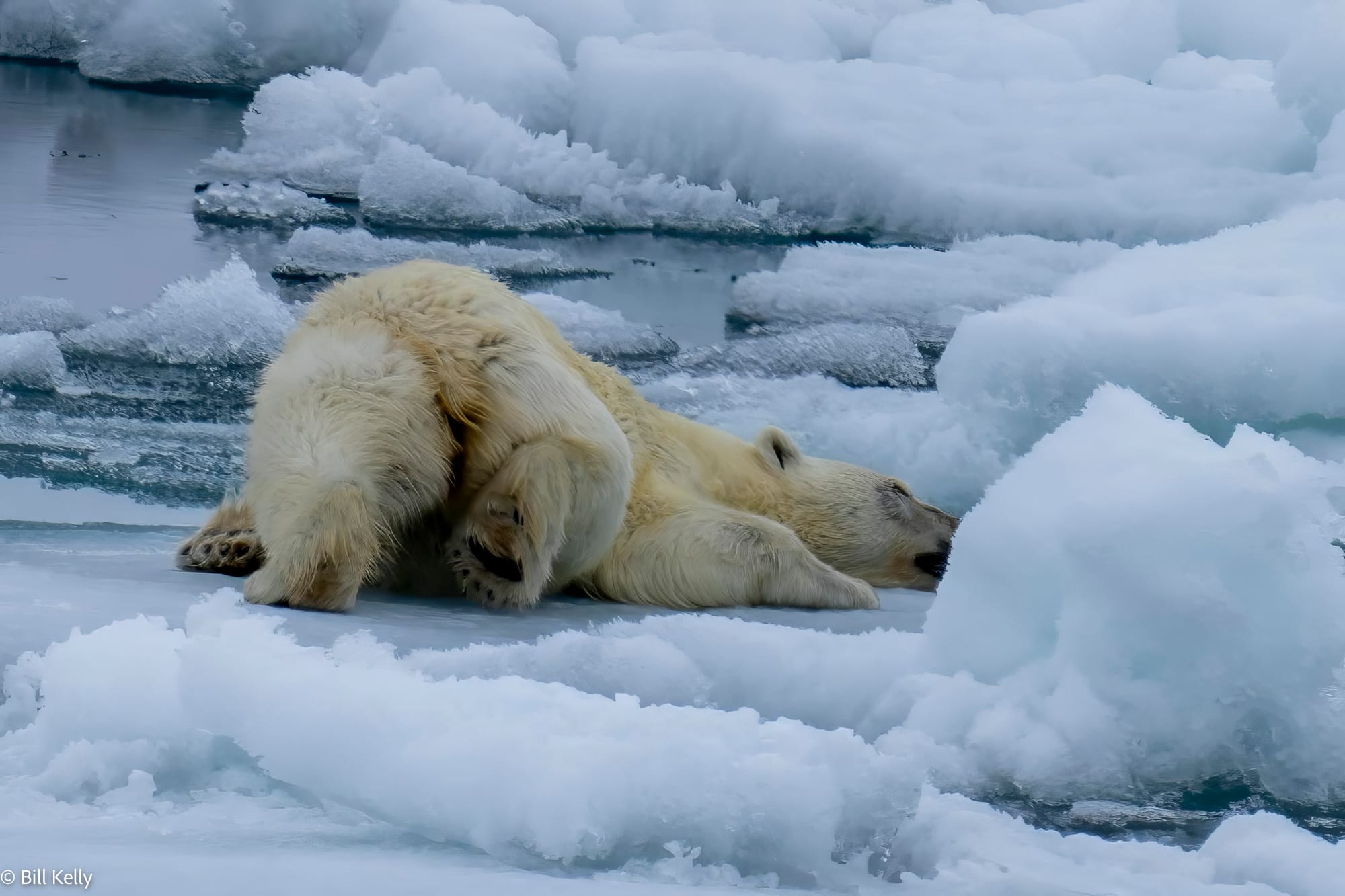
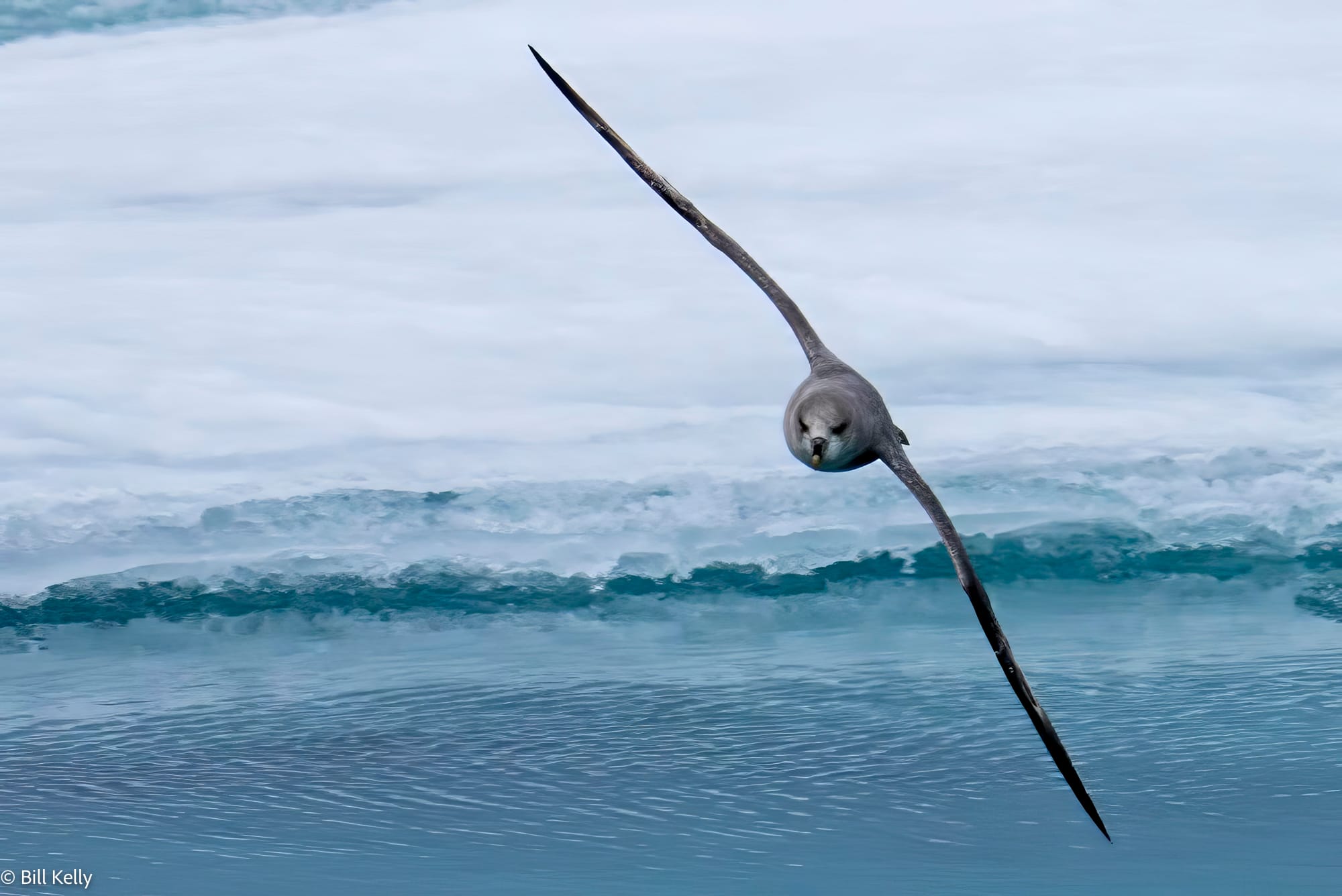
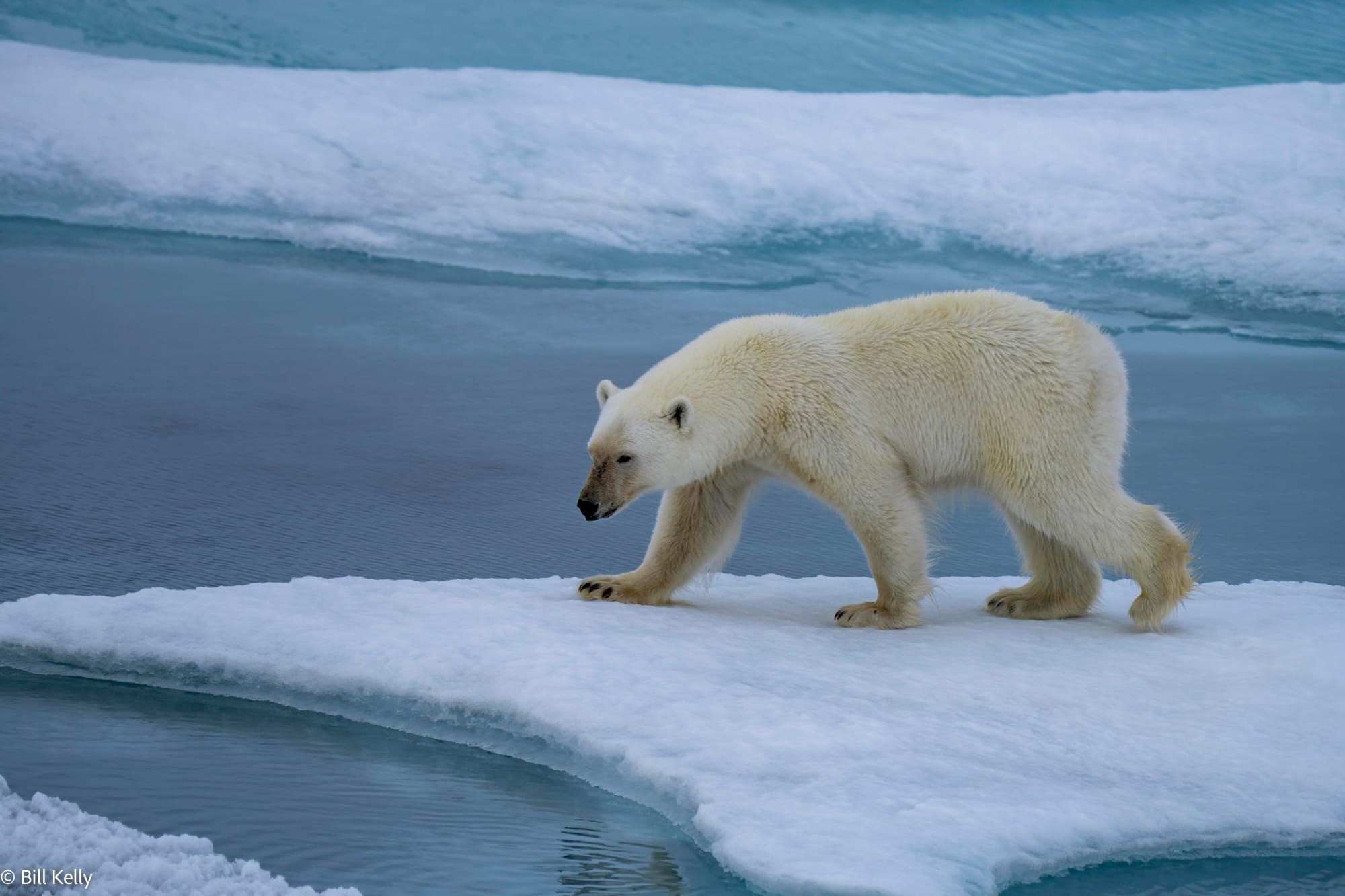
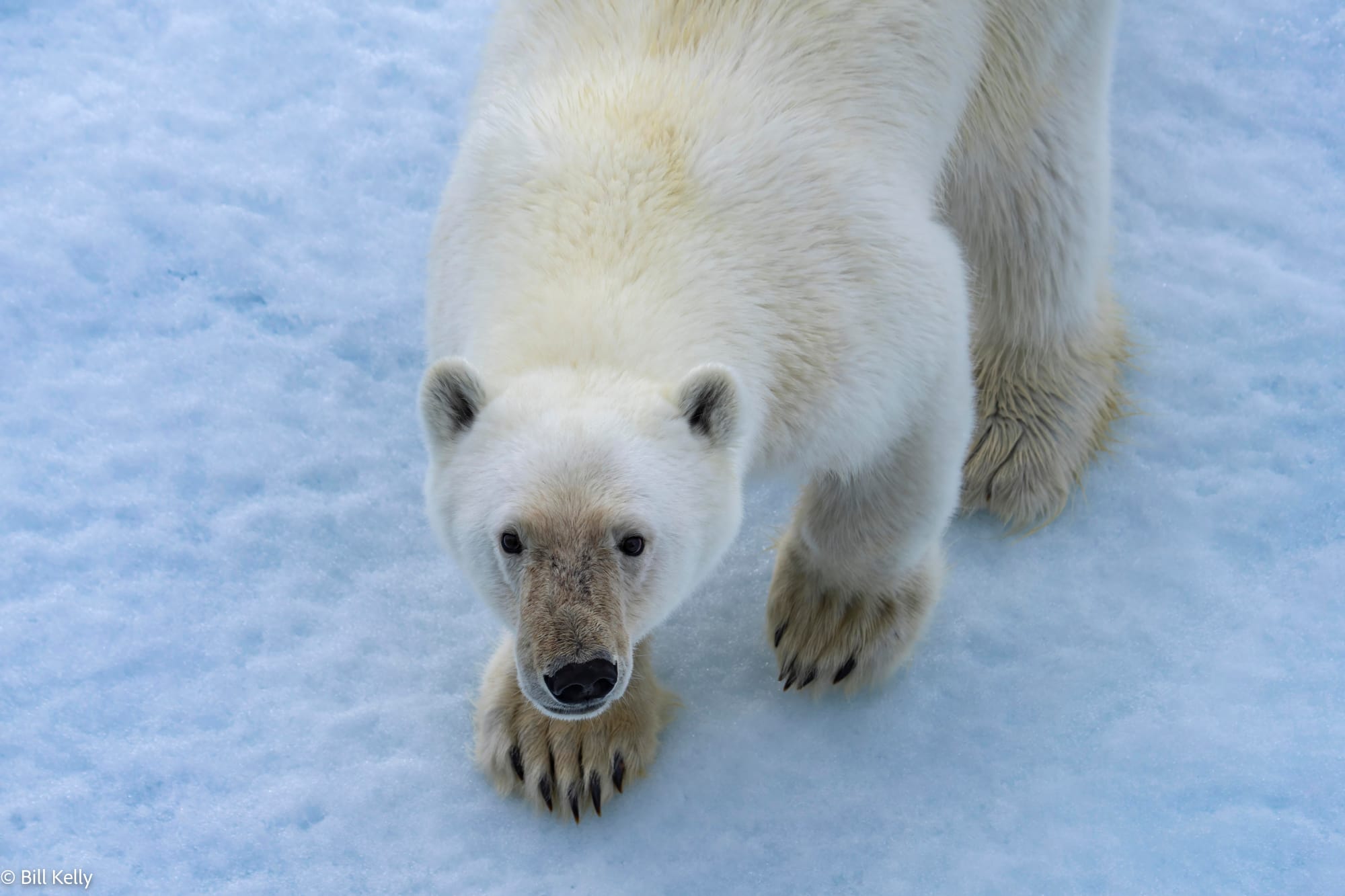
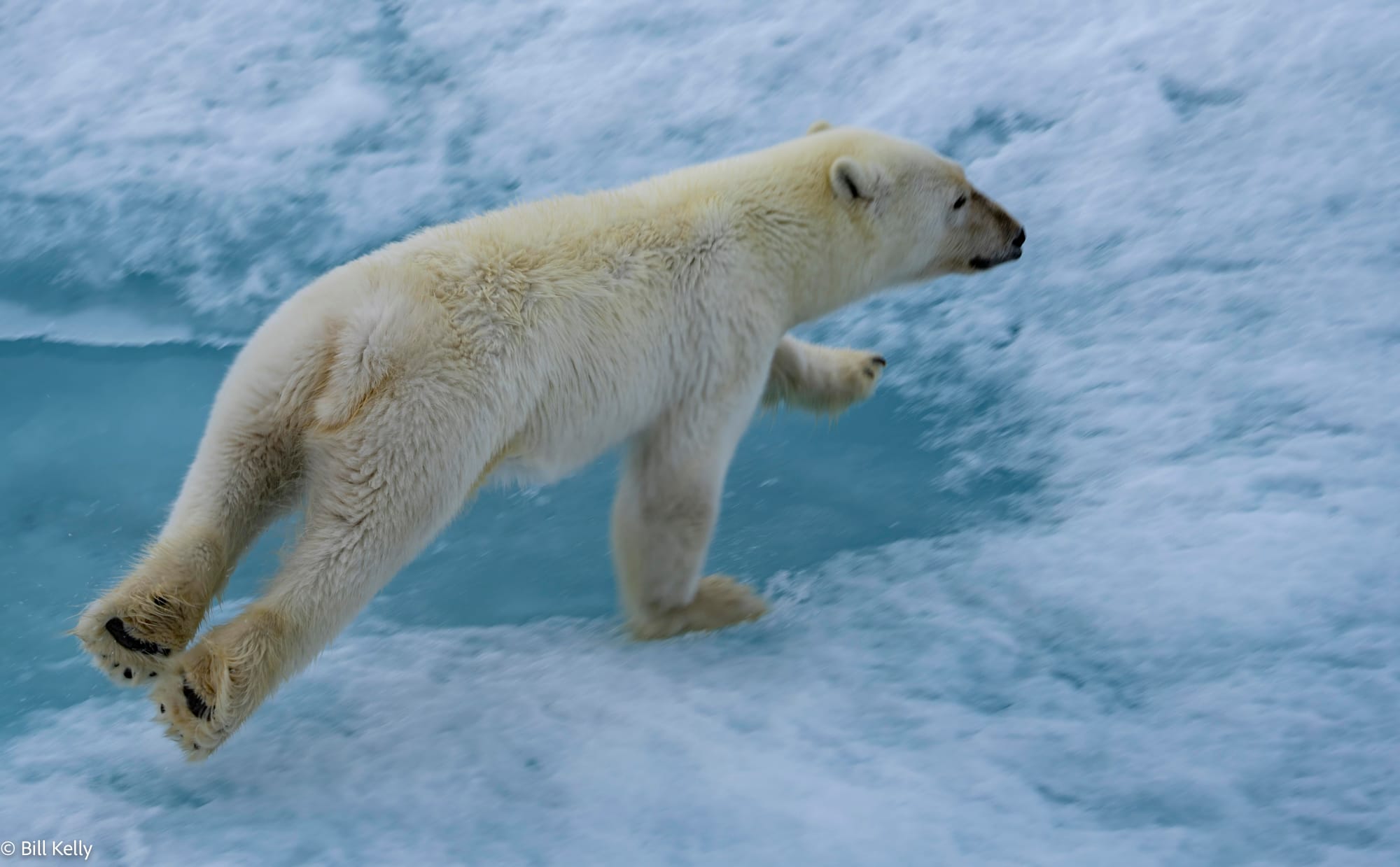
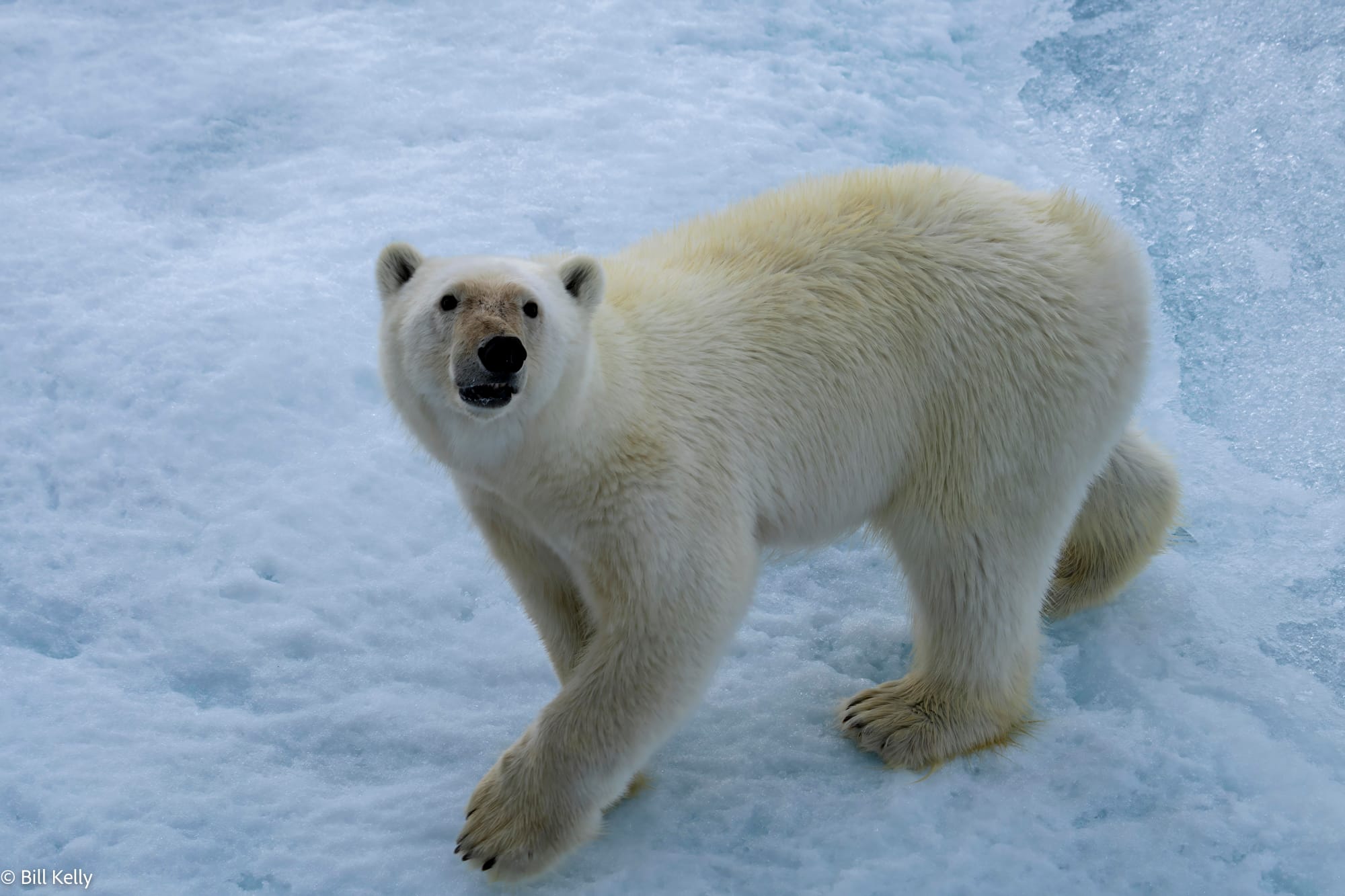
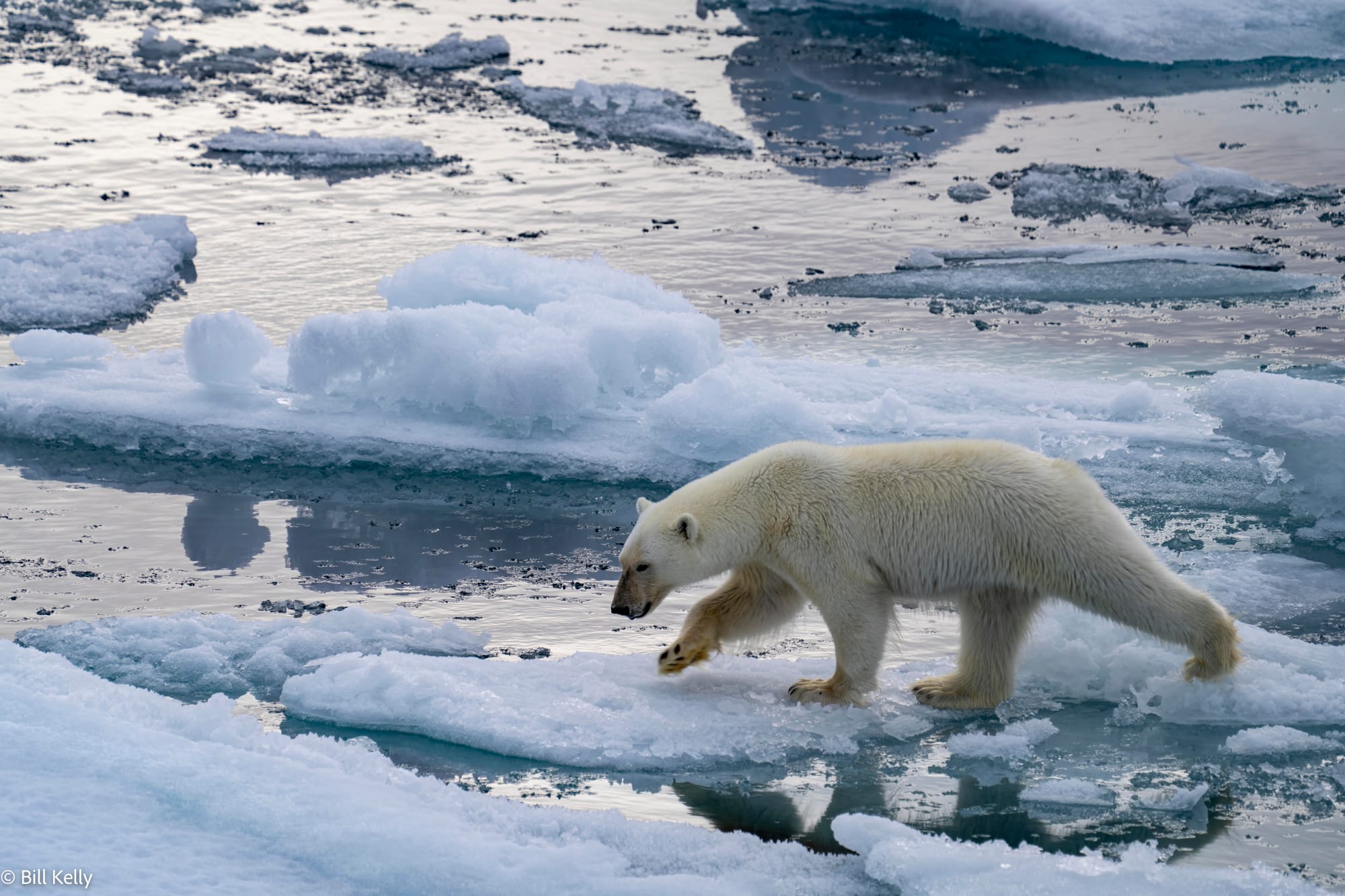
Gjøa Haven, Nunavut, Canada
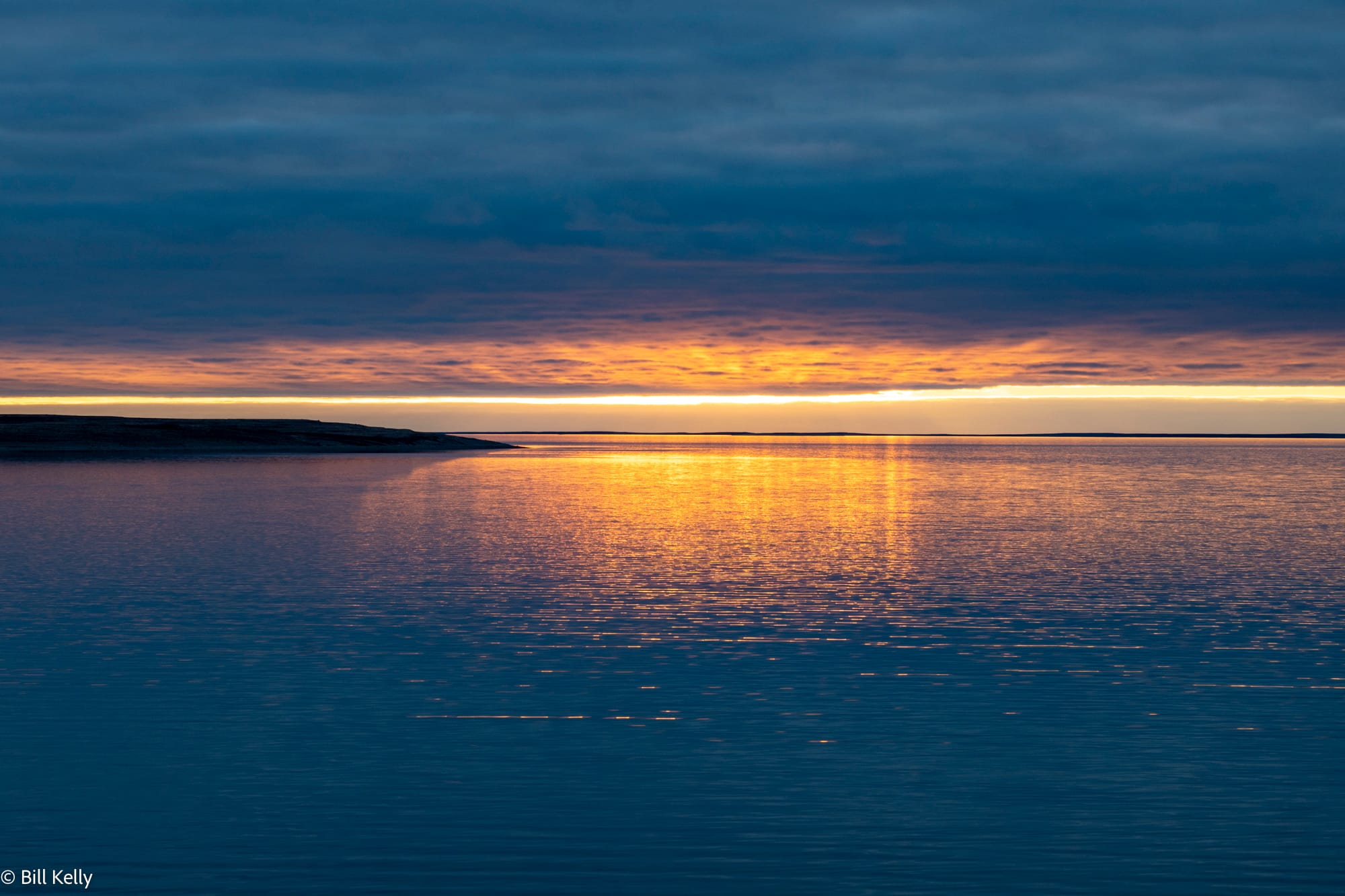
Jenny Lind Island, Nunavut, Canada
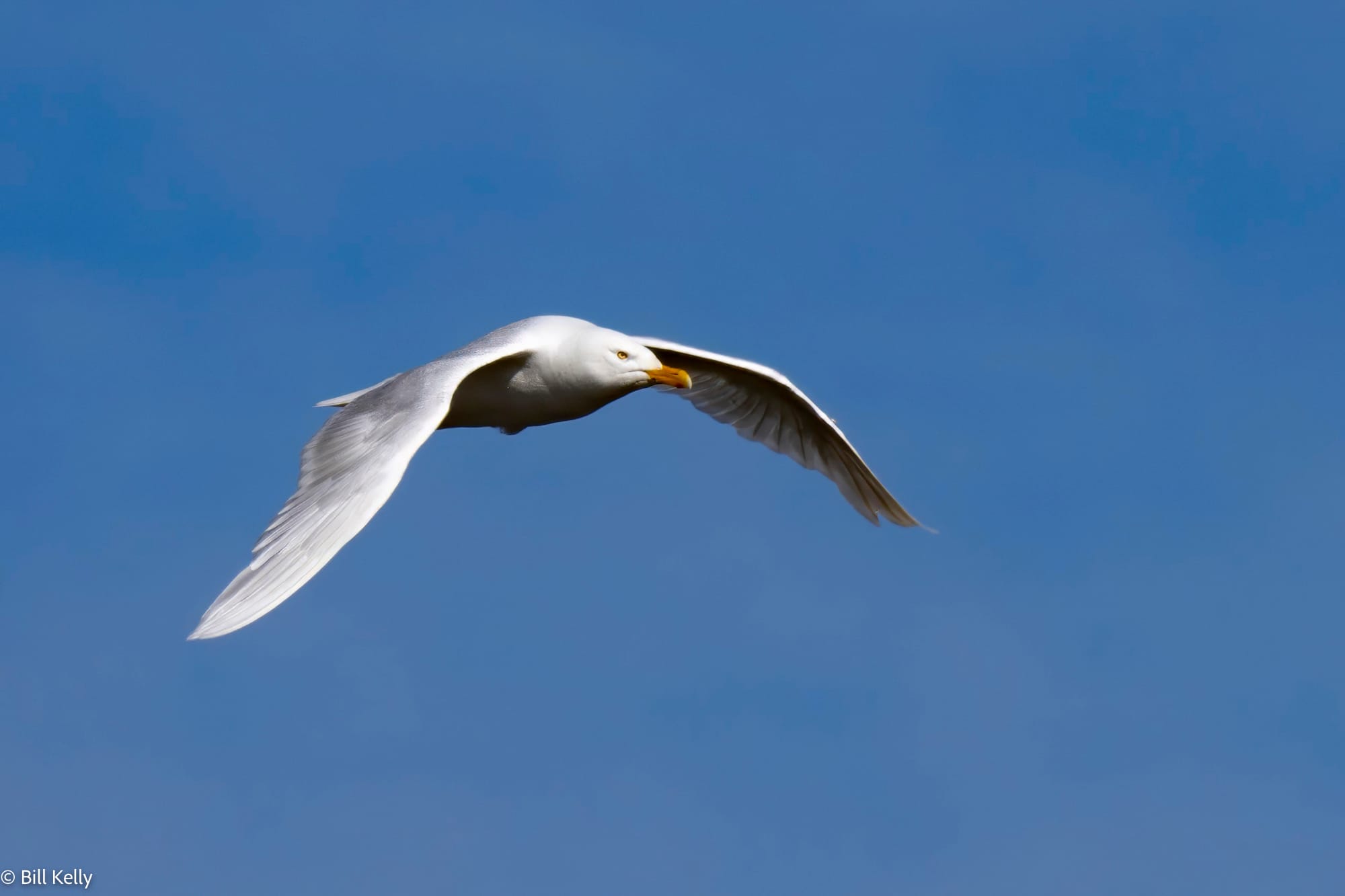

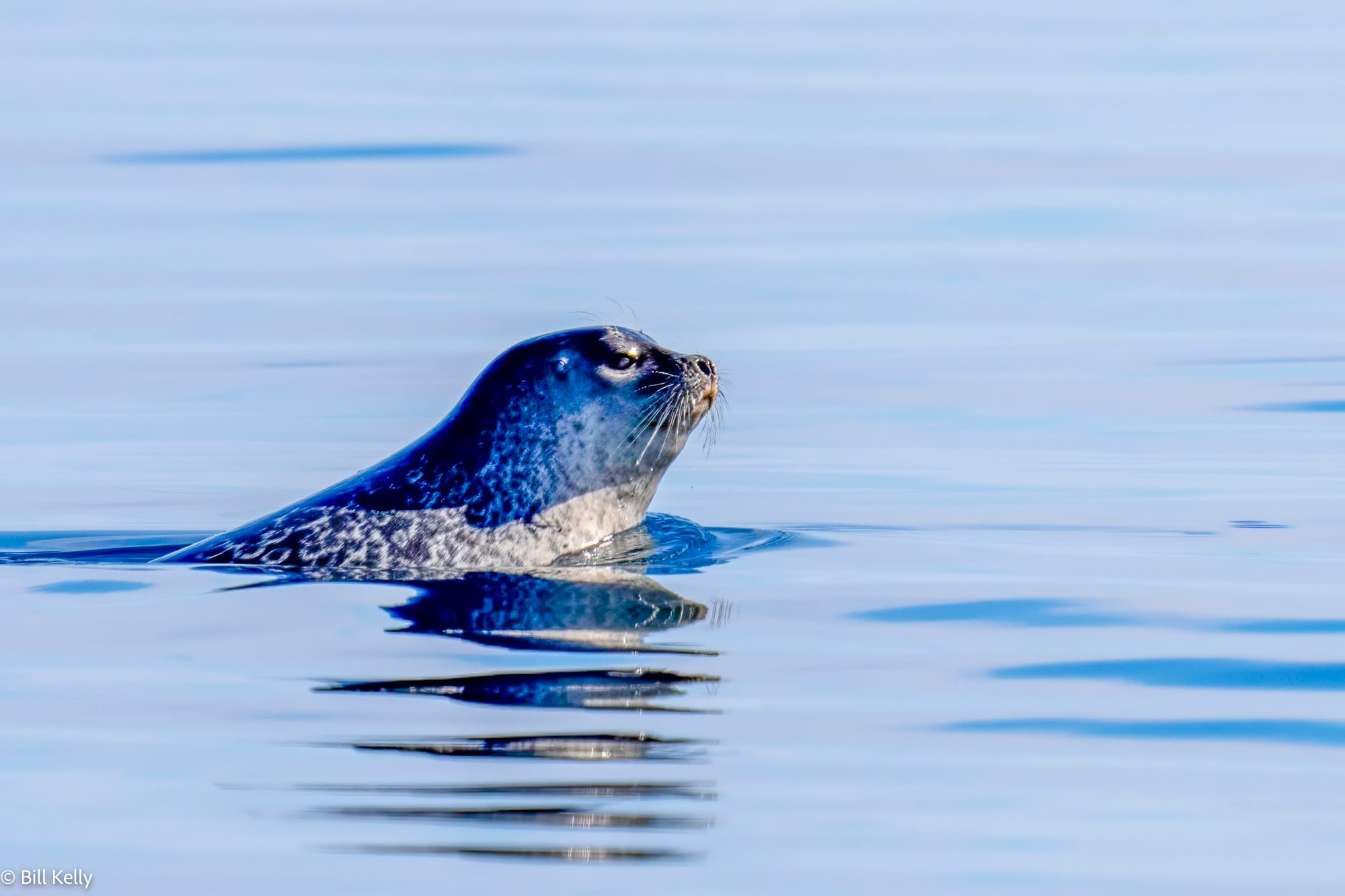
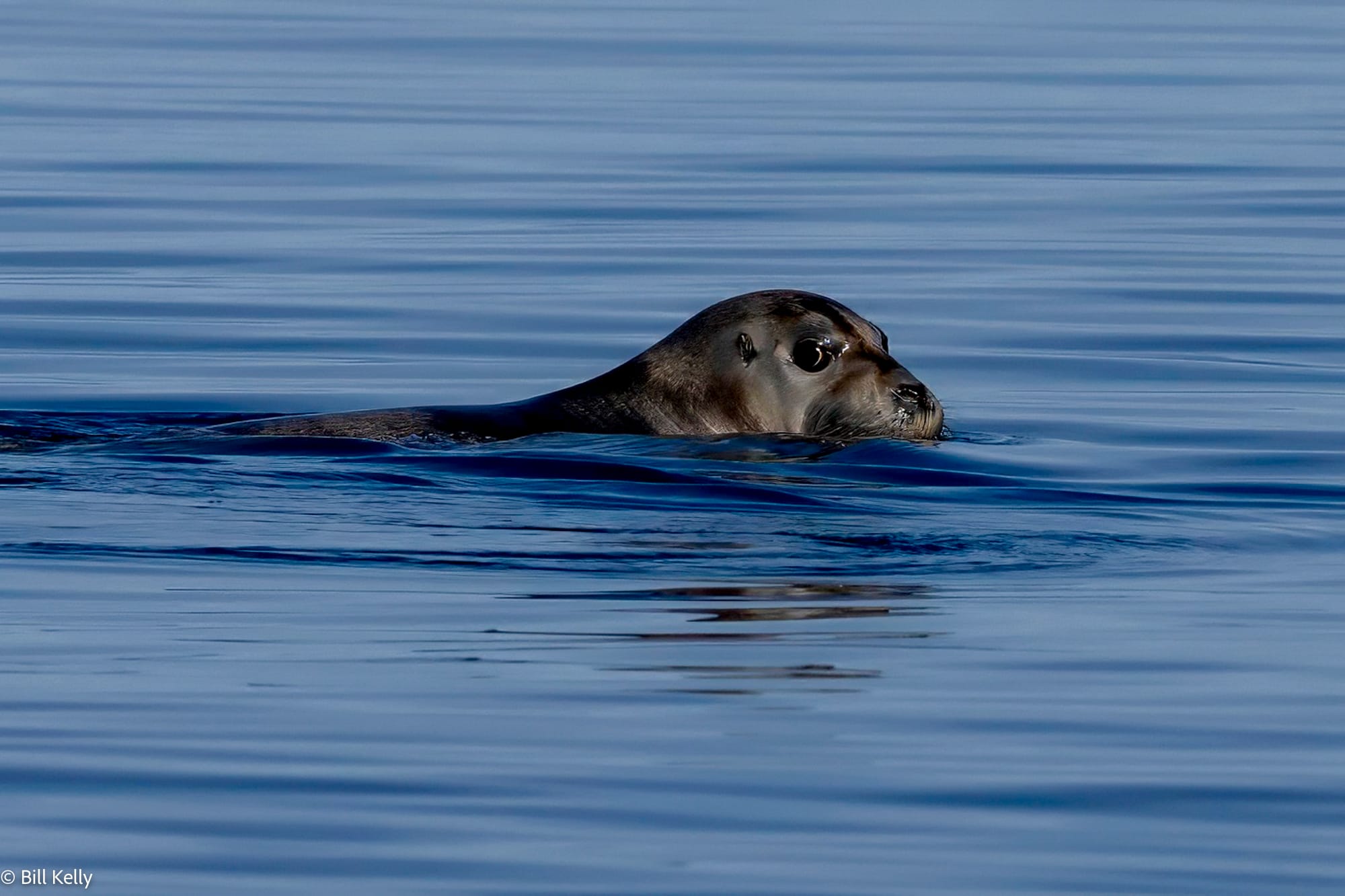
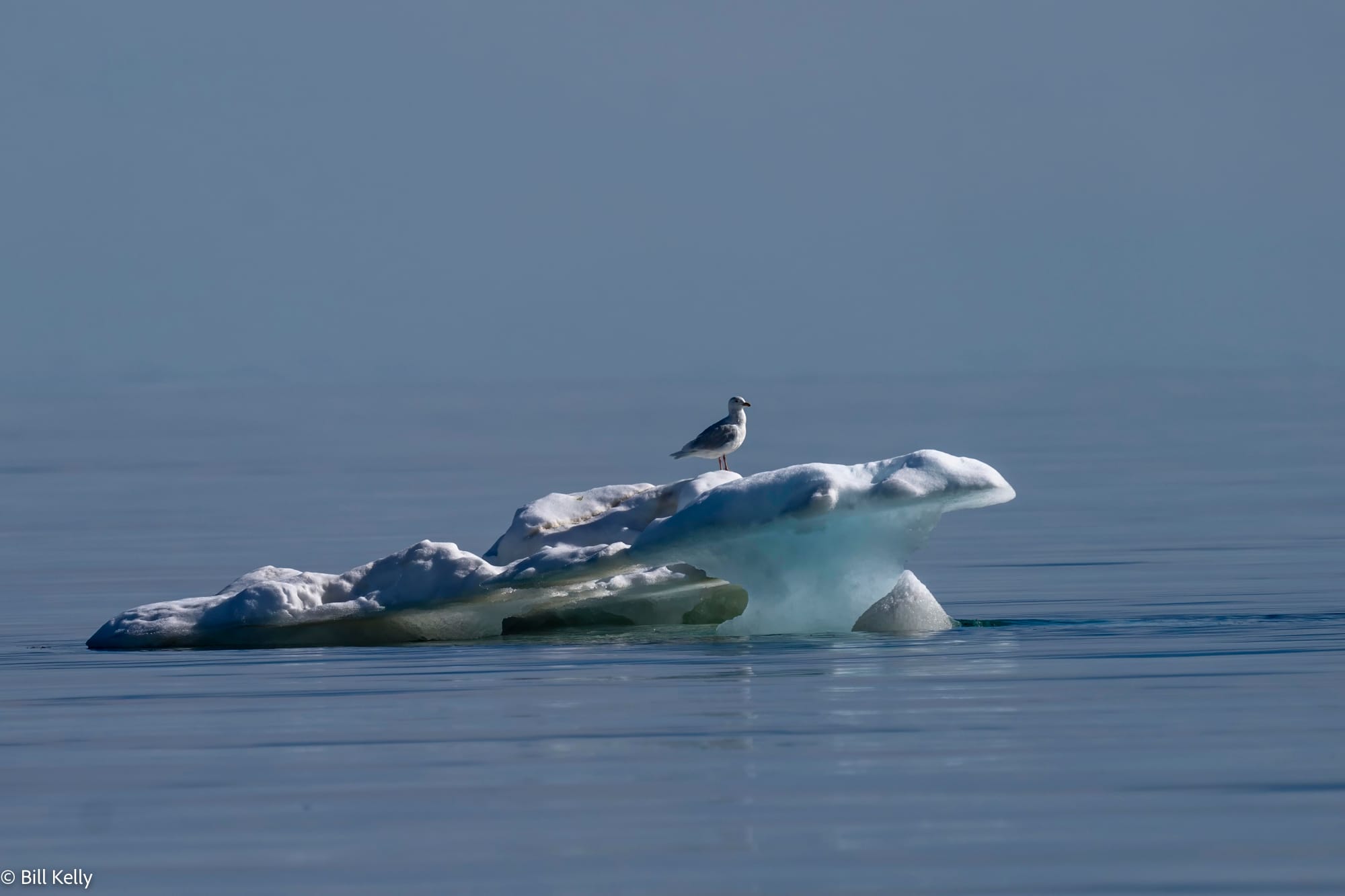

Cambridge Bay, Nunavut, Canada
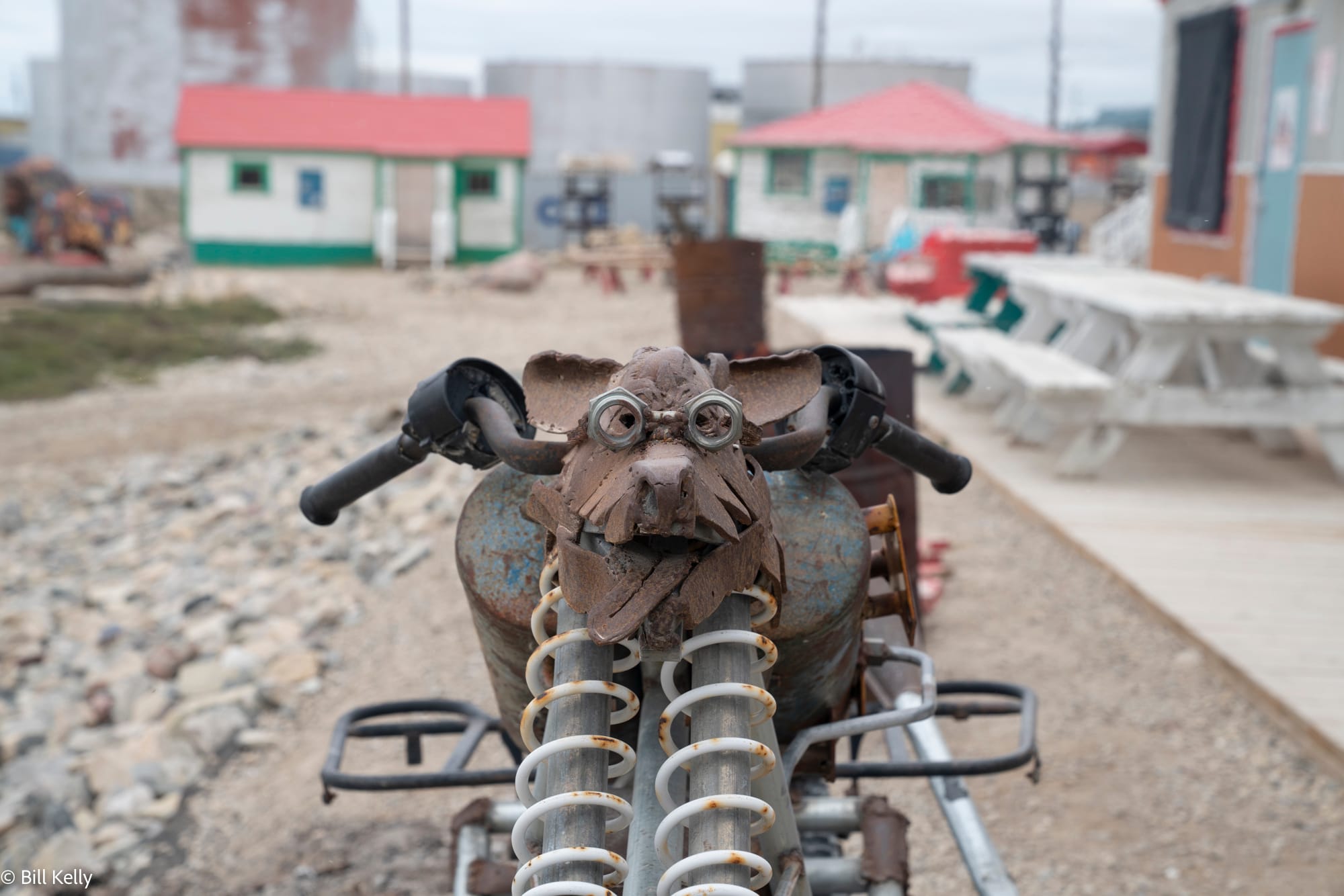

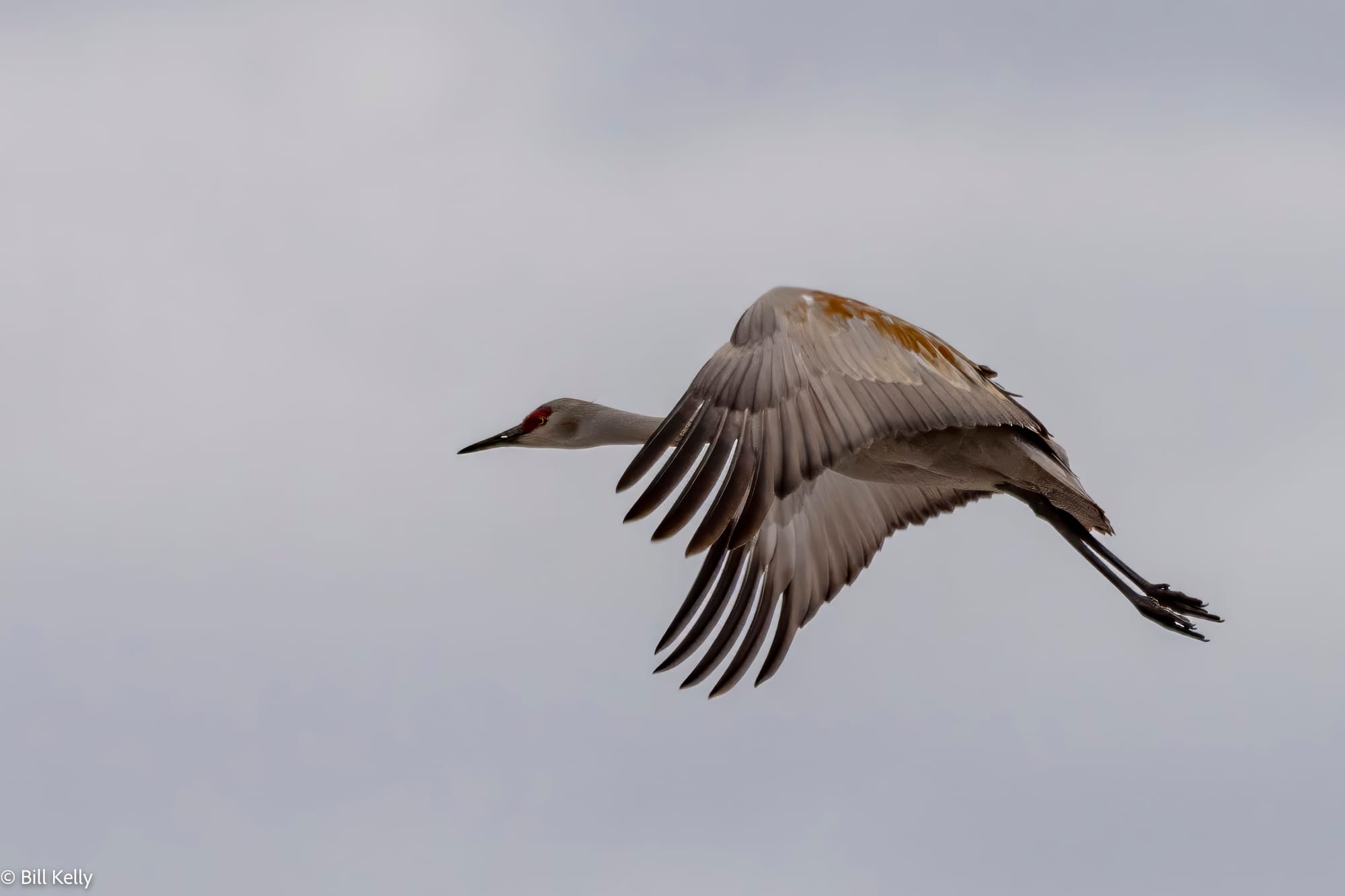
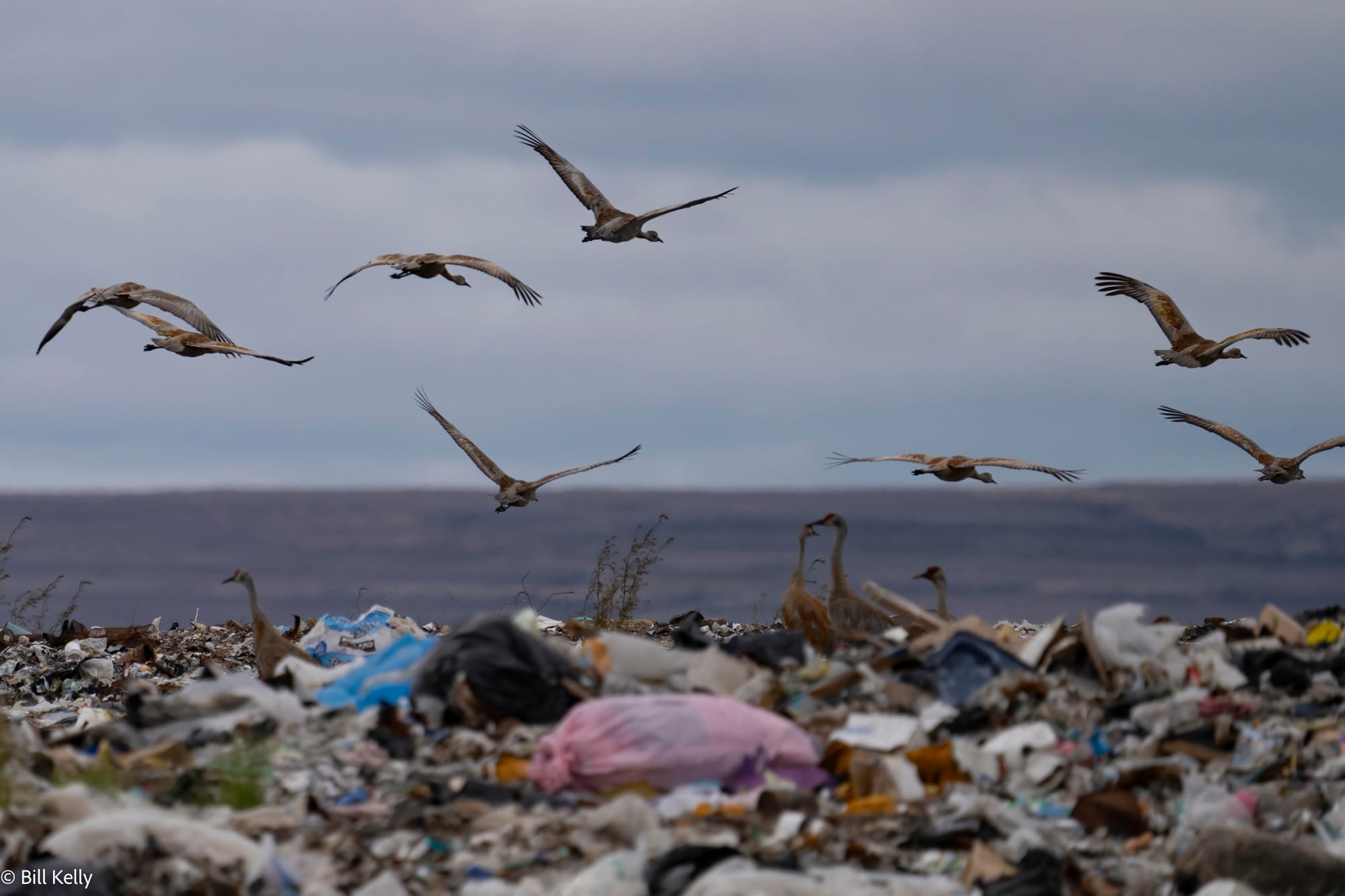
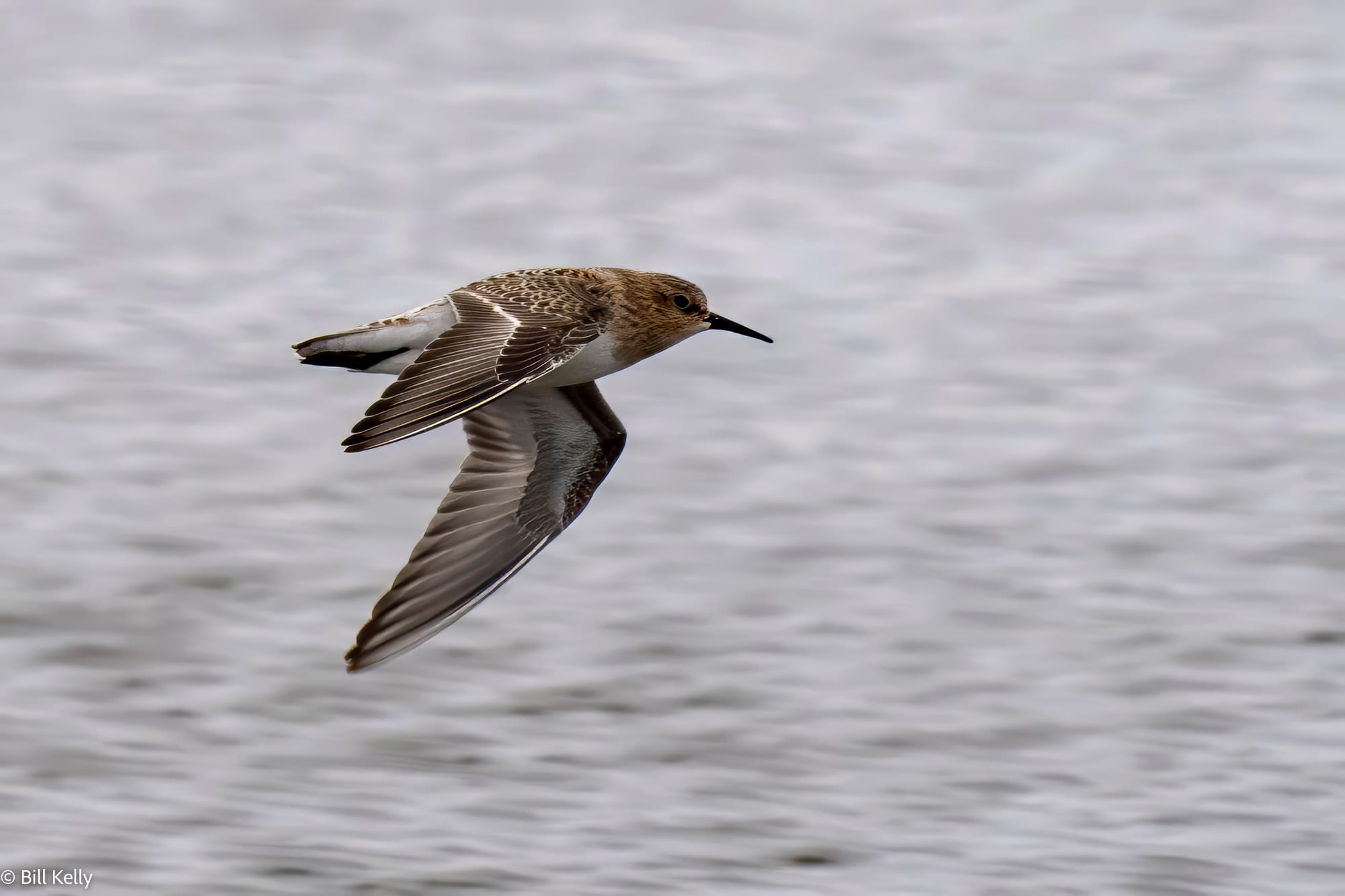
Victoria Island and Coronation Gulf, Nunavut, Canada
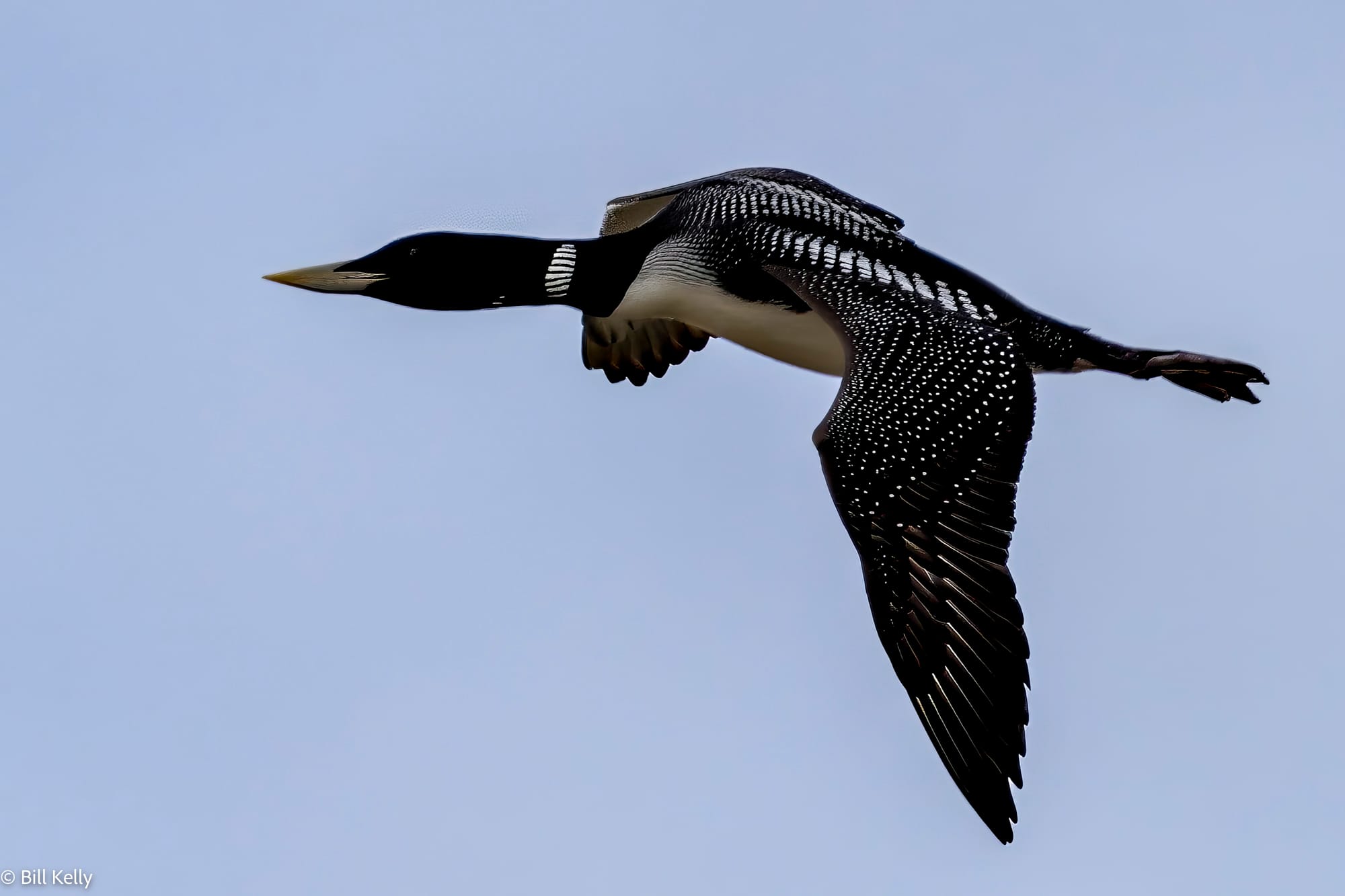
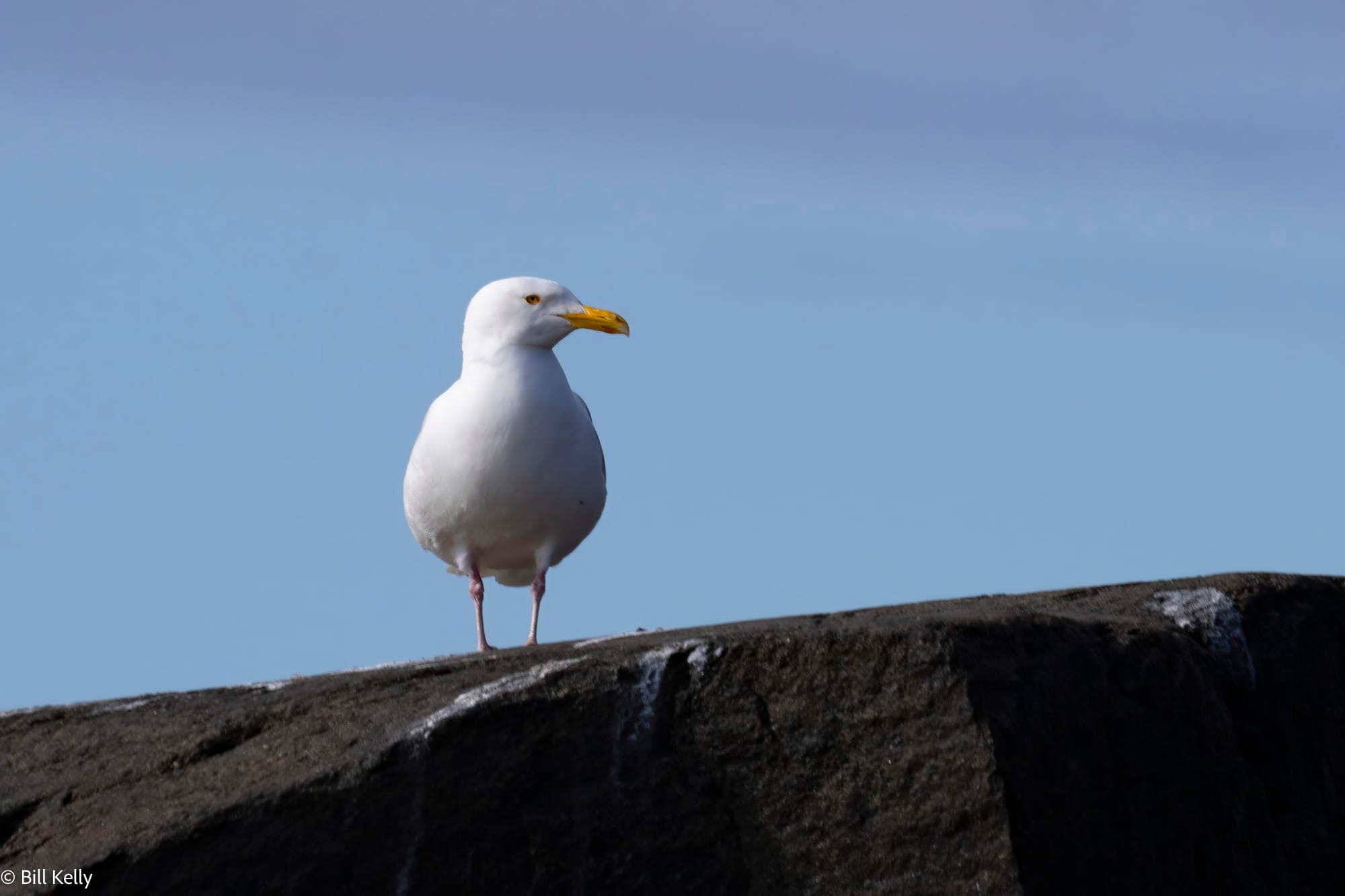
Ulukhaktok, Northwest Territories, Canada
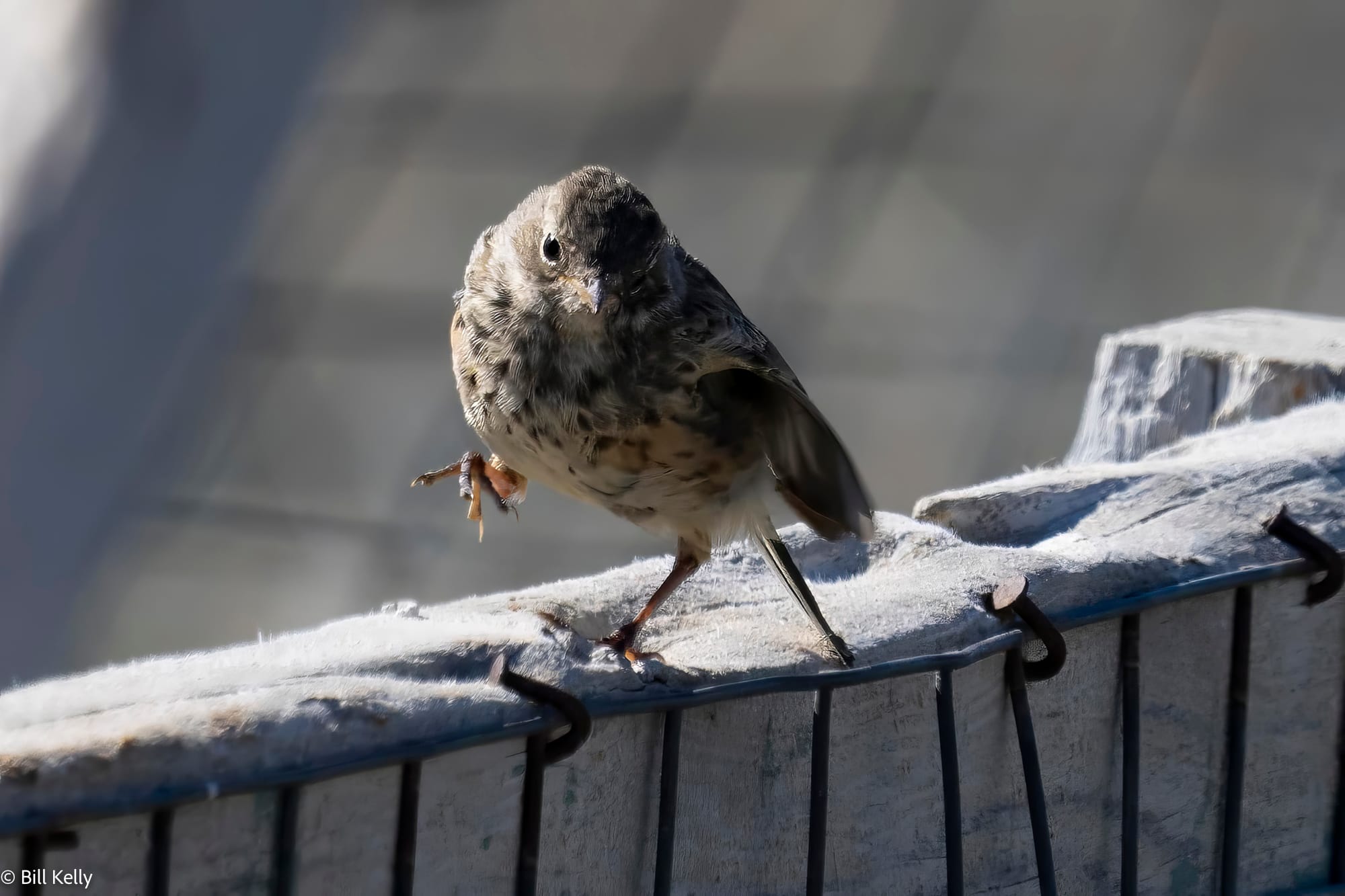

Smoking Hills, Northwest Territories, Canada
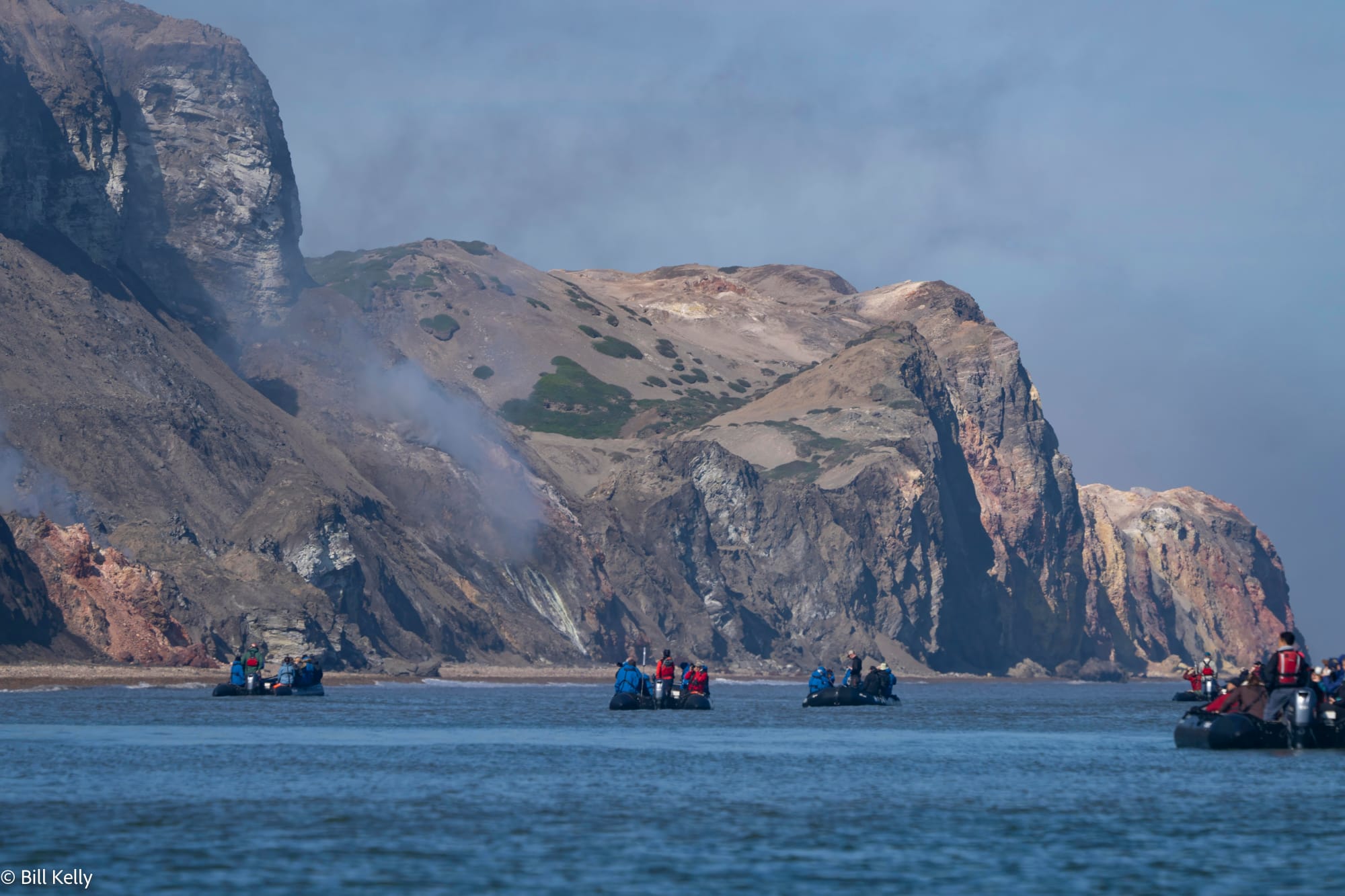
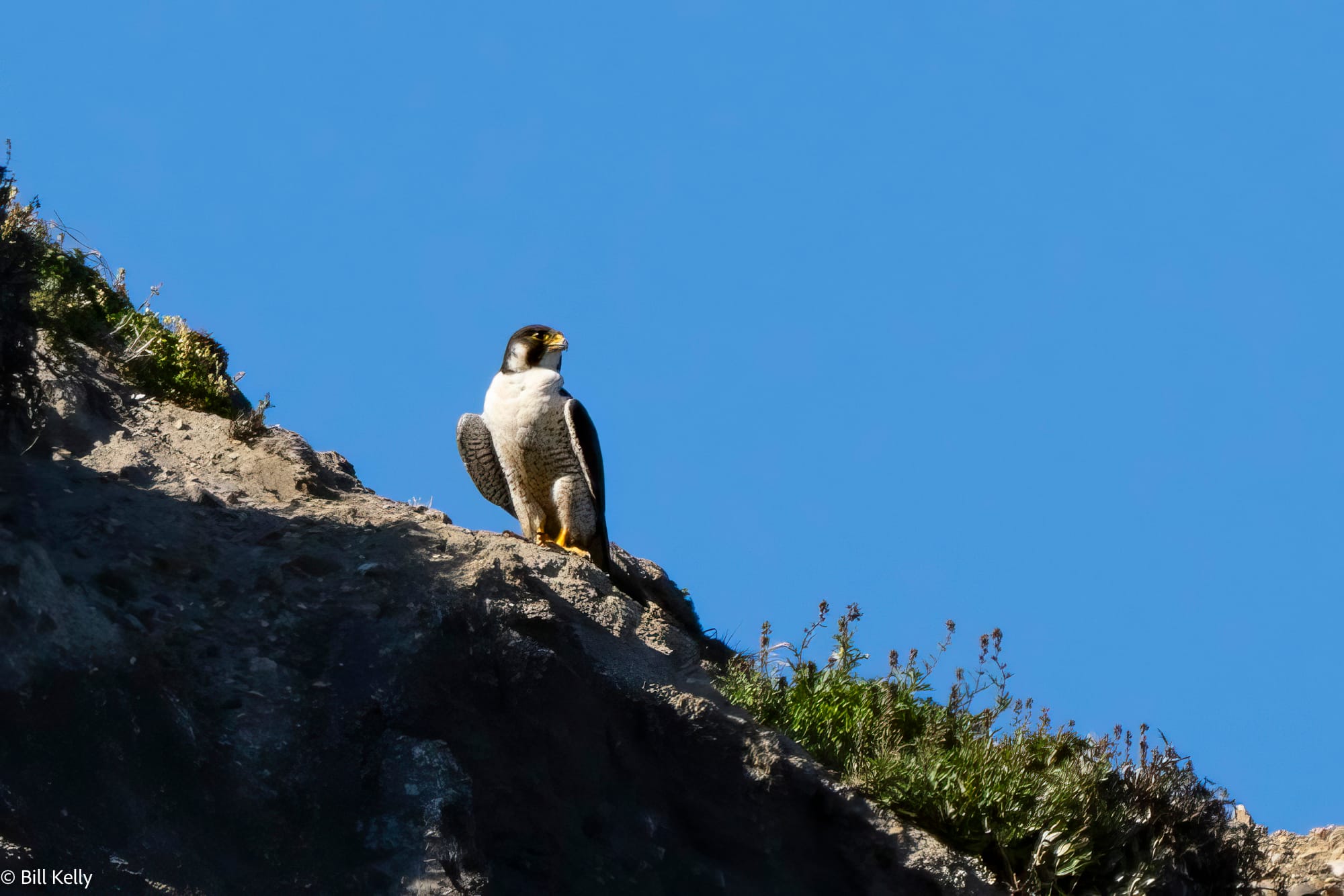
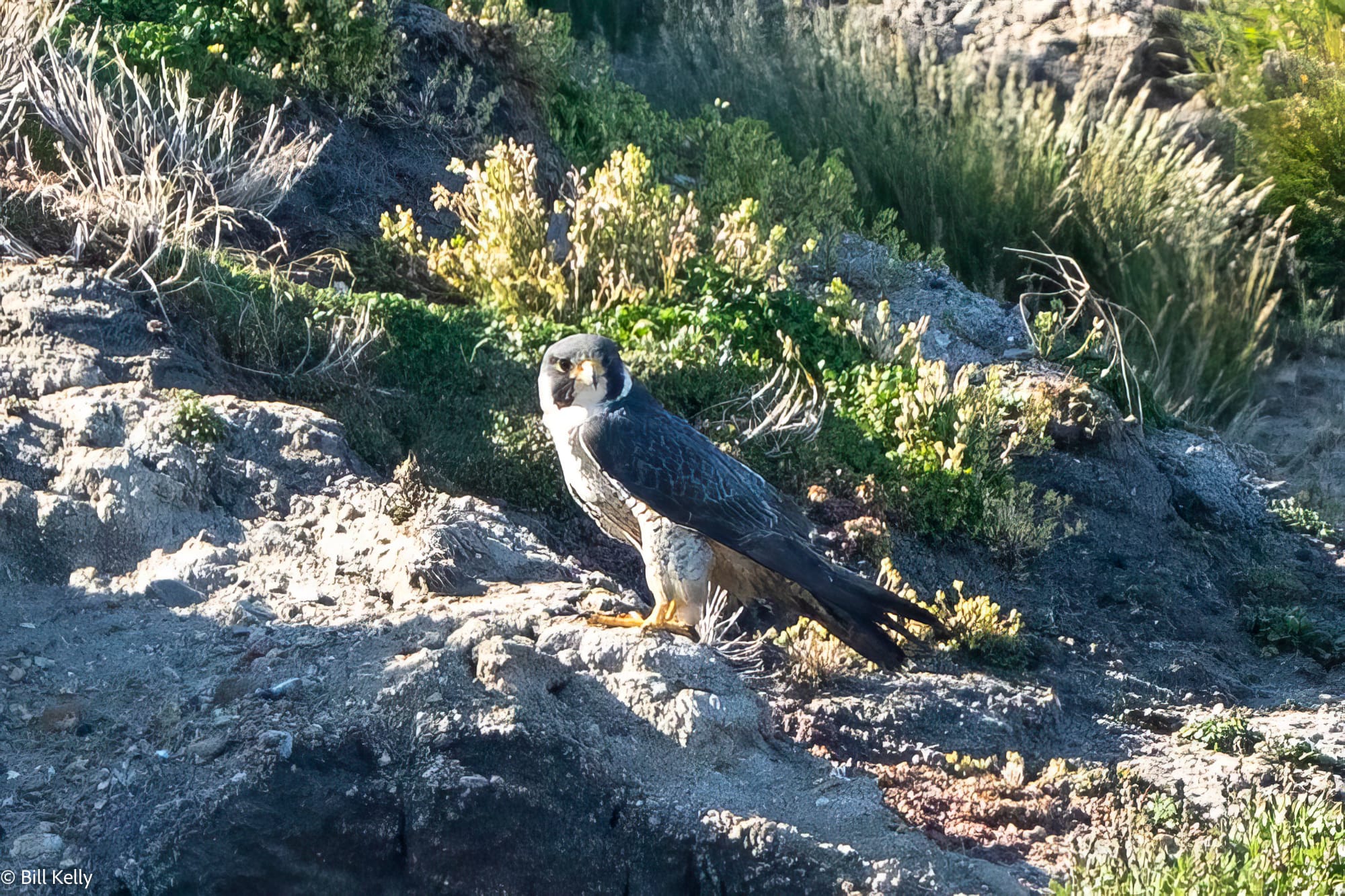
Beaufort Sea
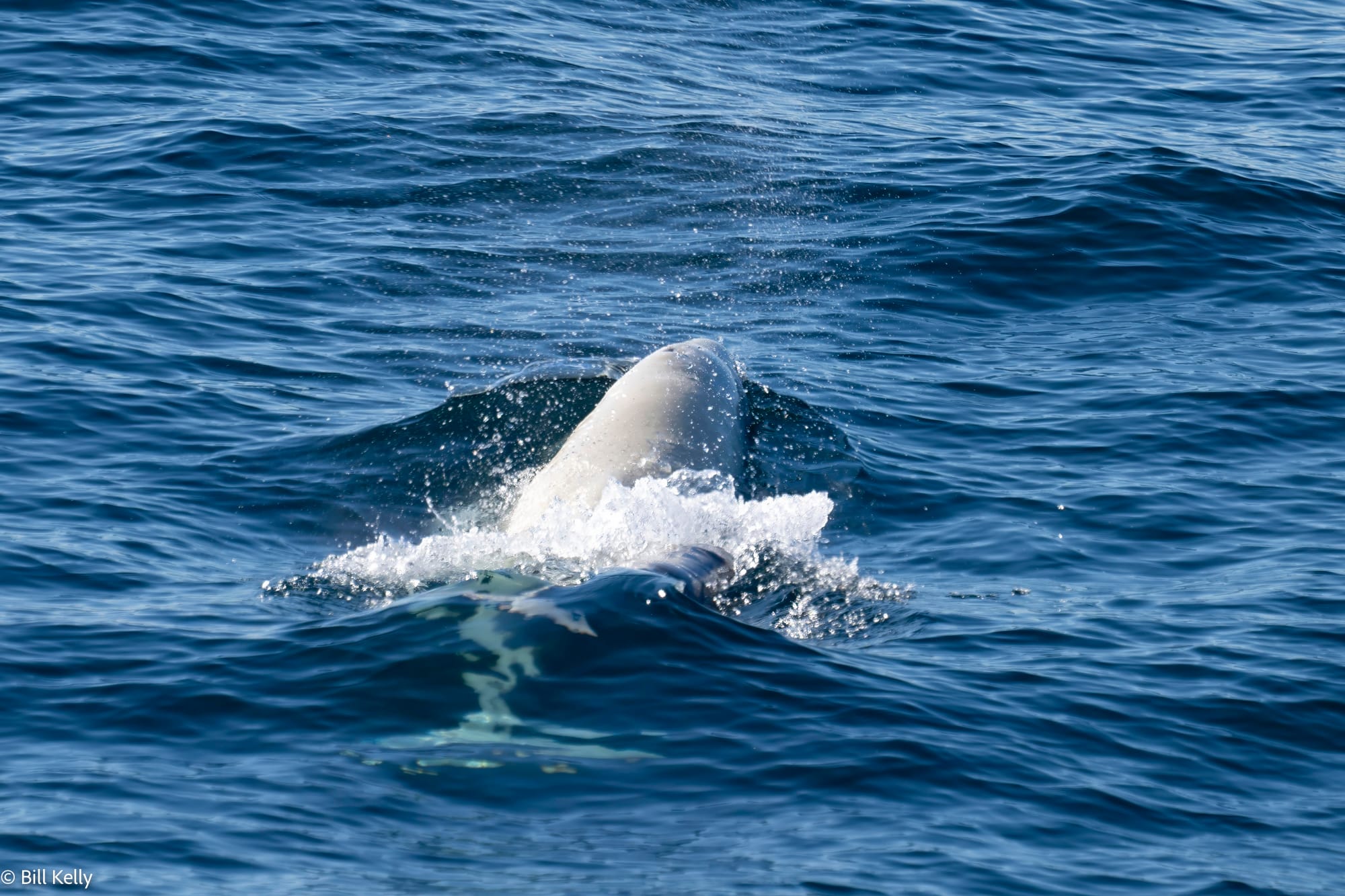
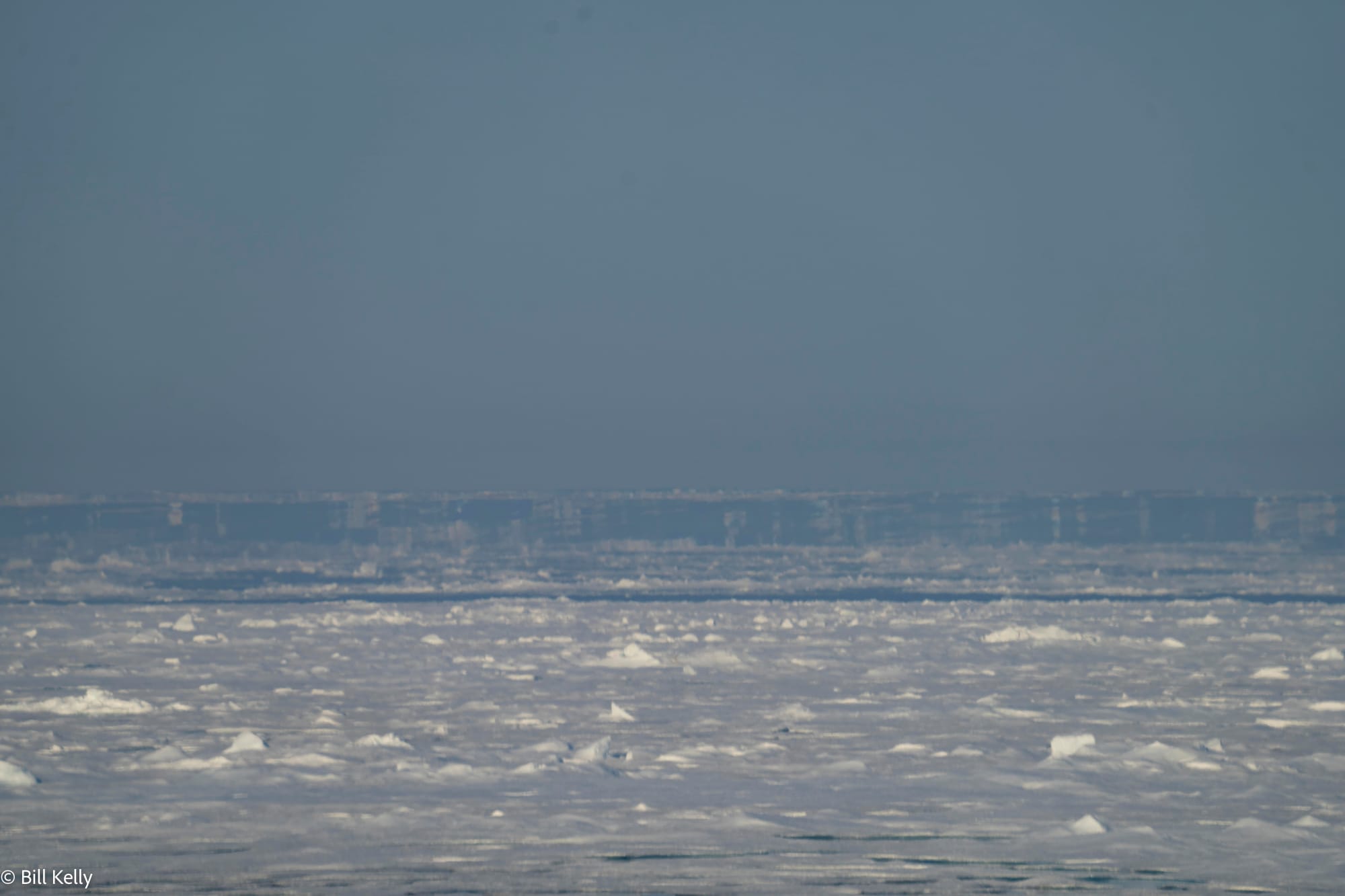
Herschel Island, Yukon, Canada
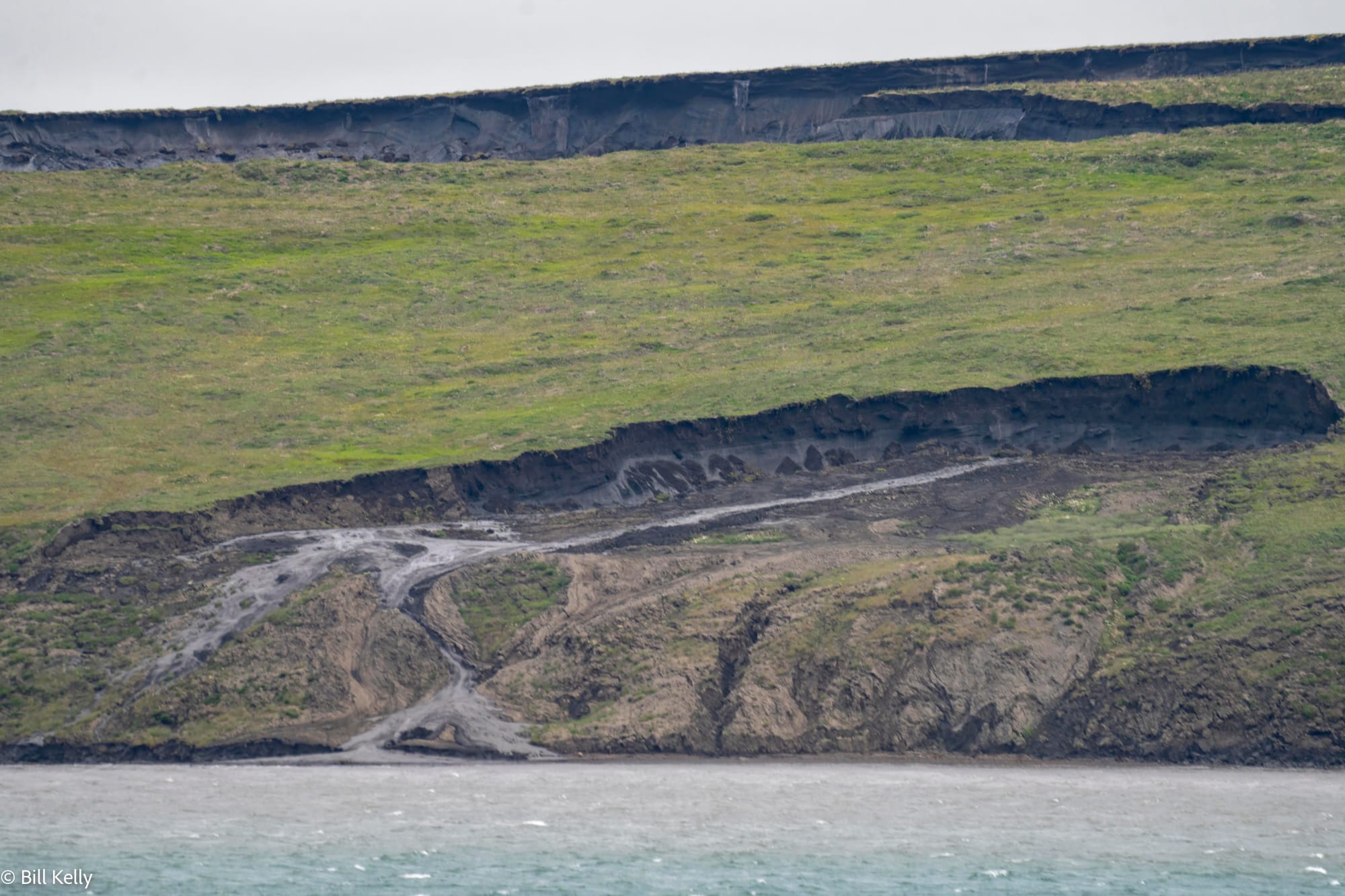
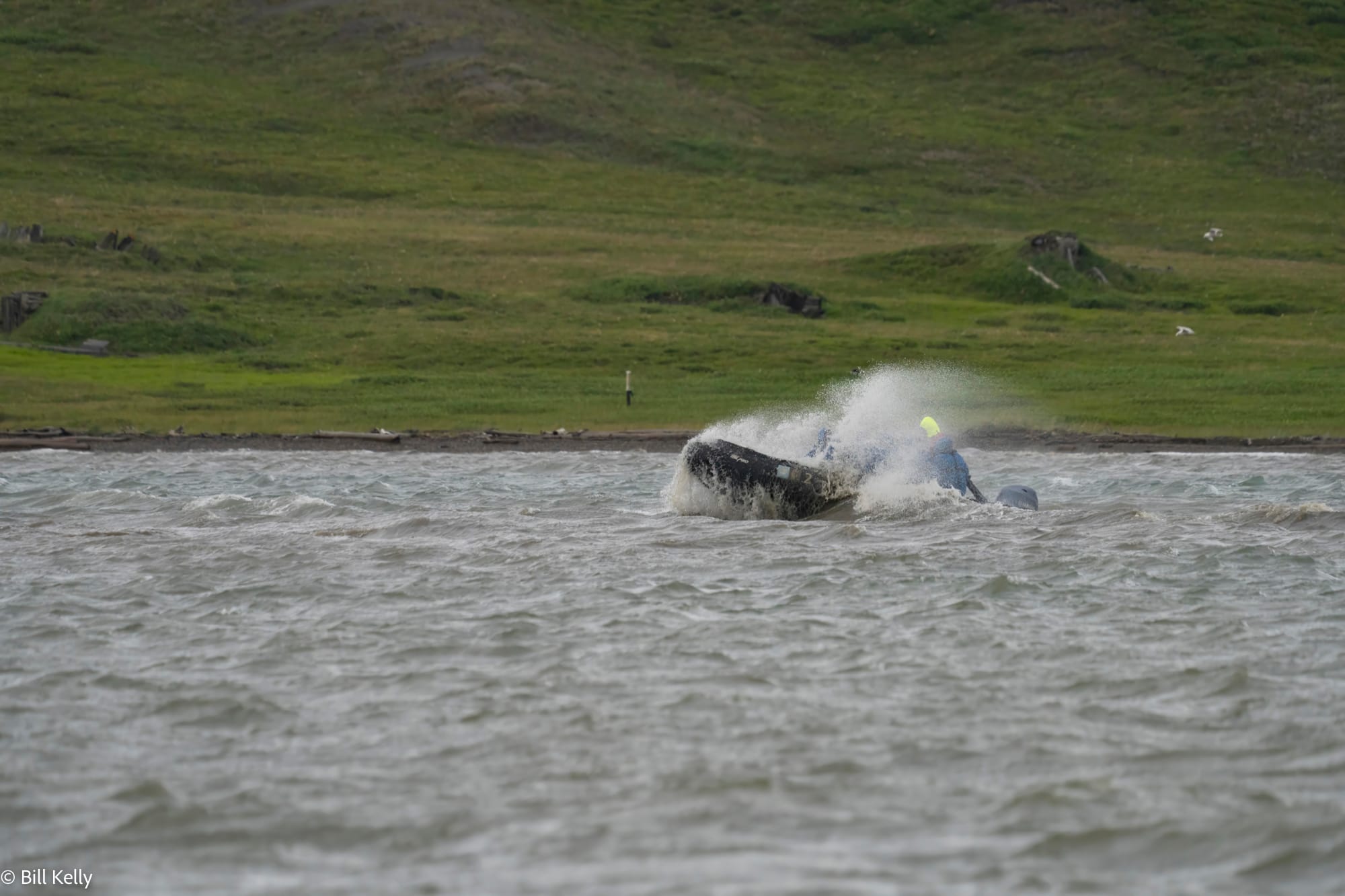
Chukchi Sea
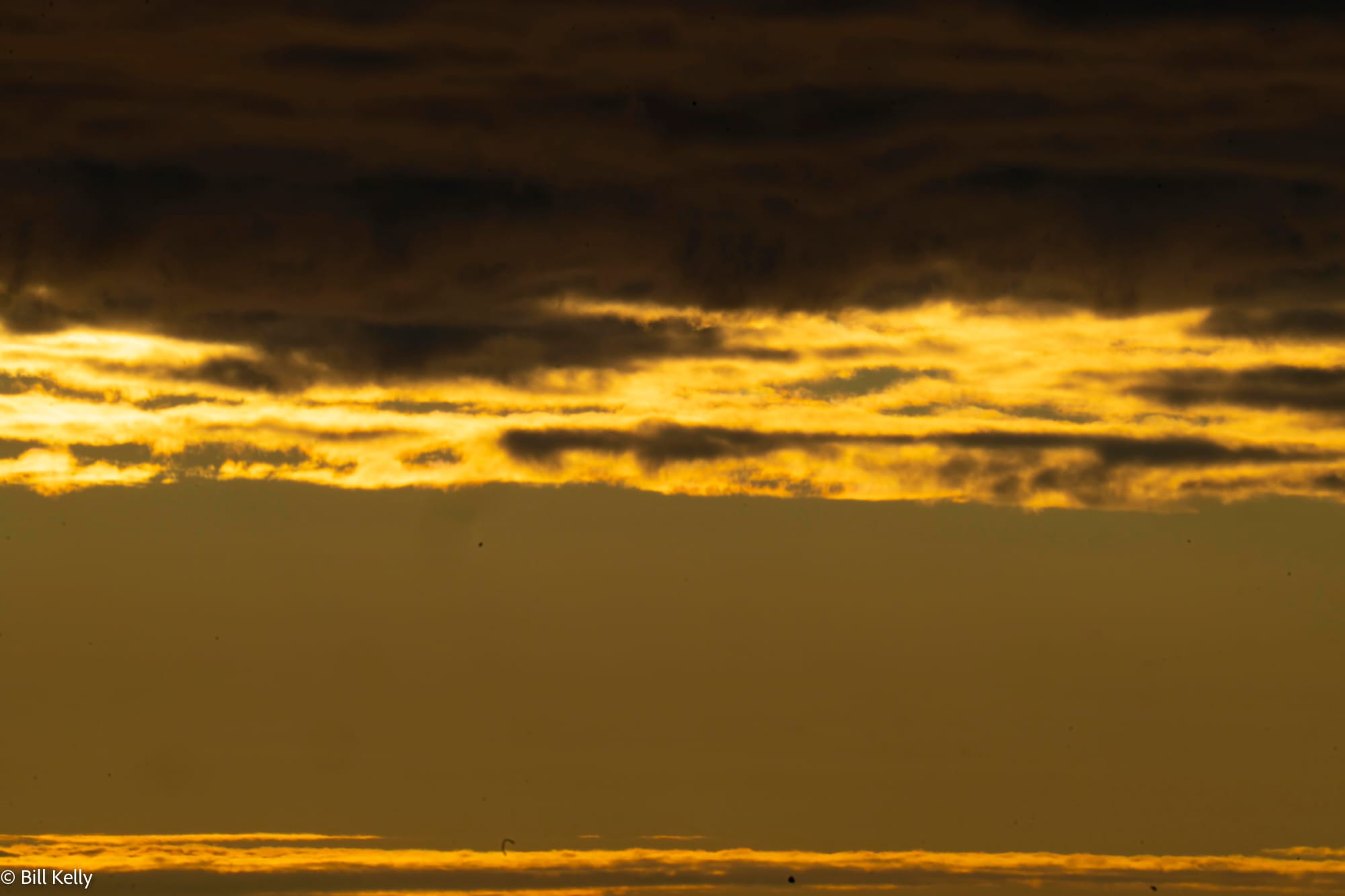
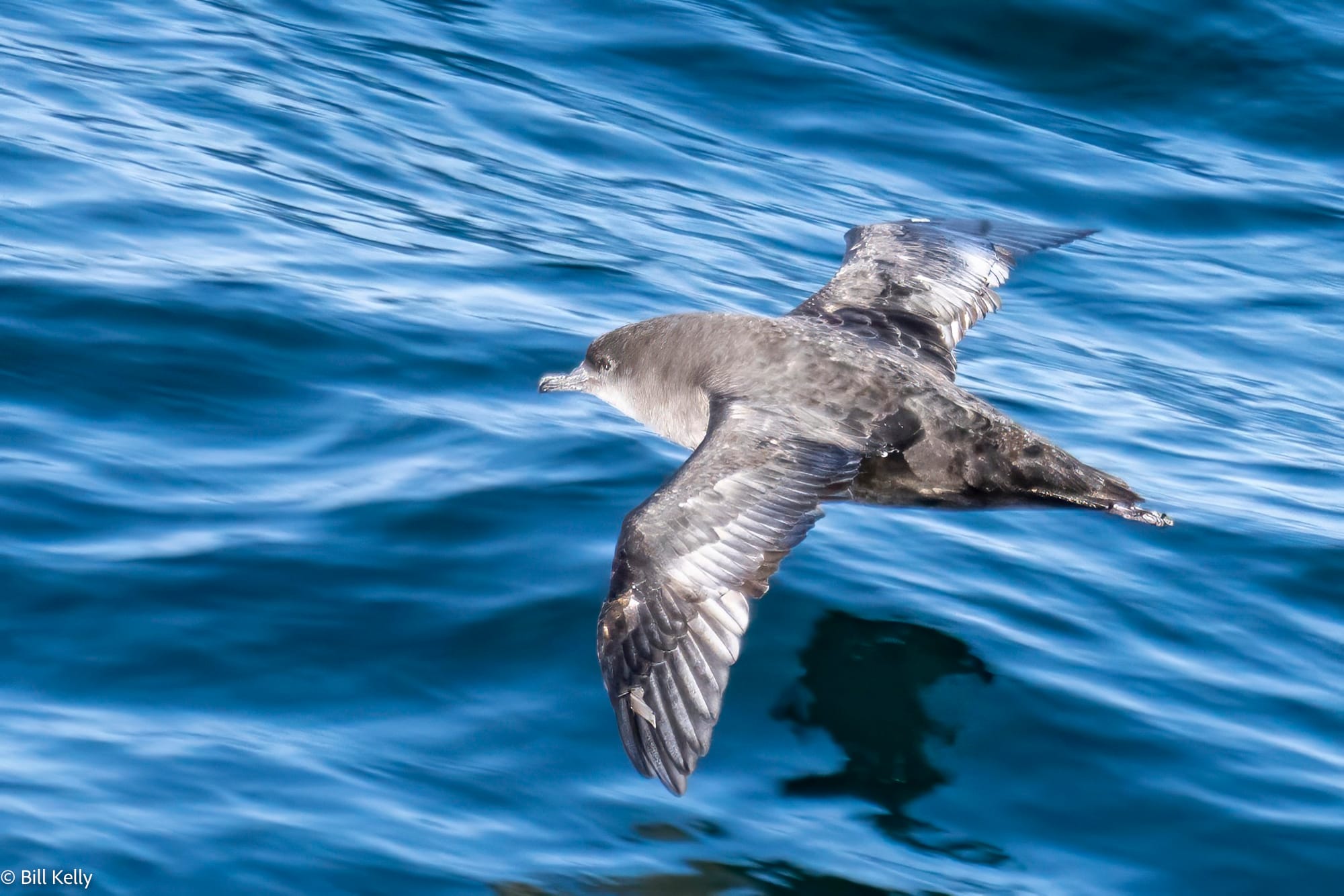
Bering Strait
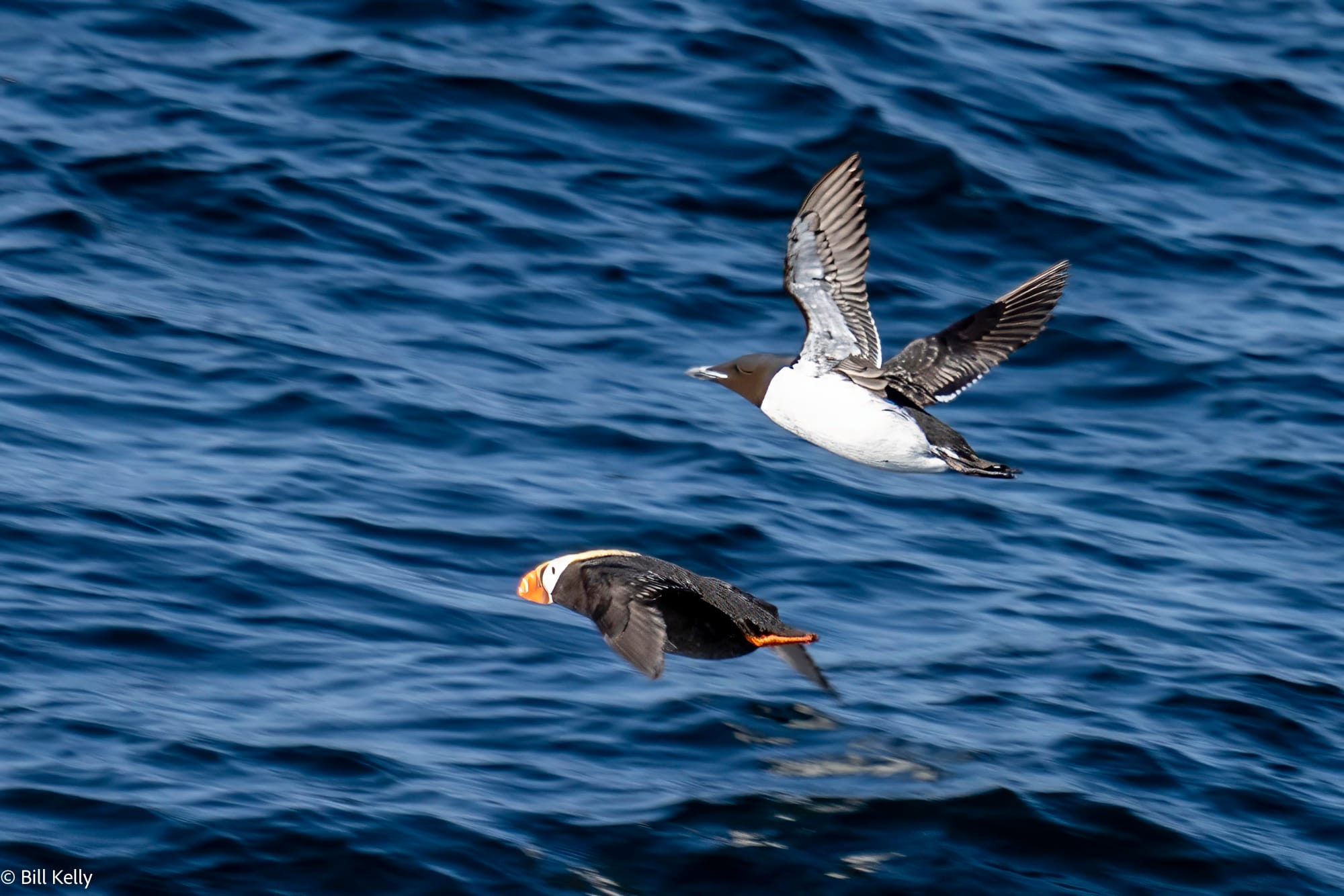
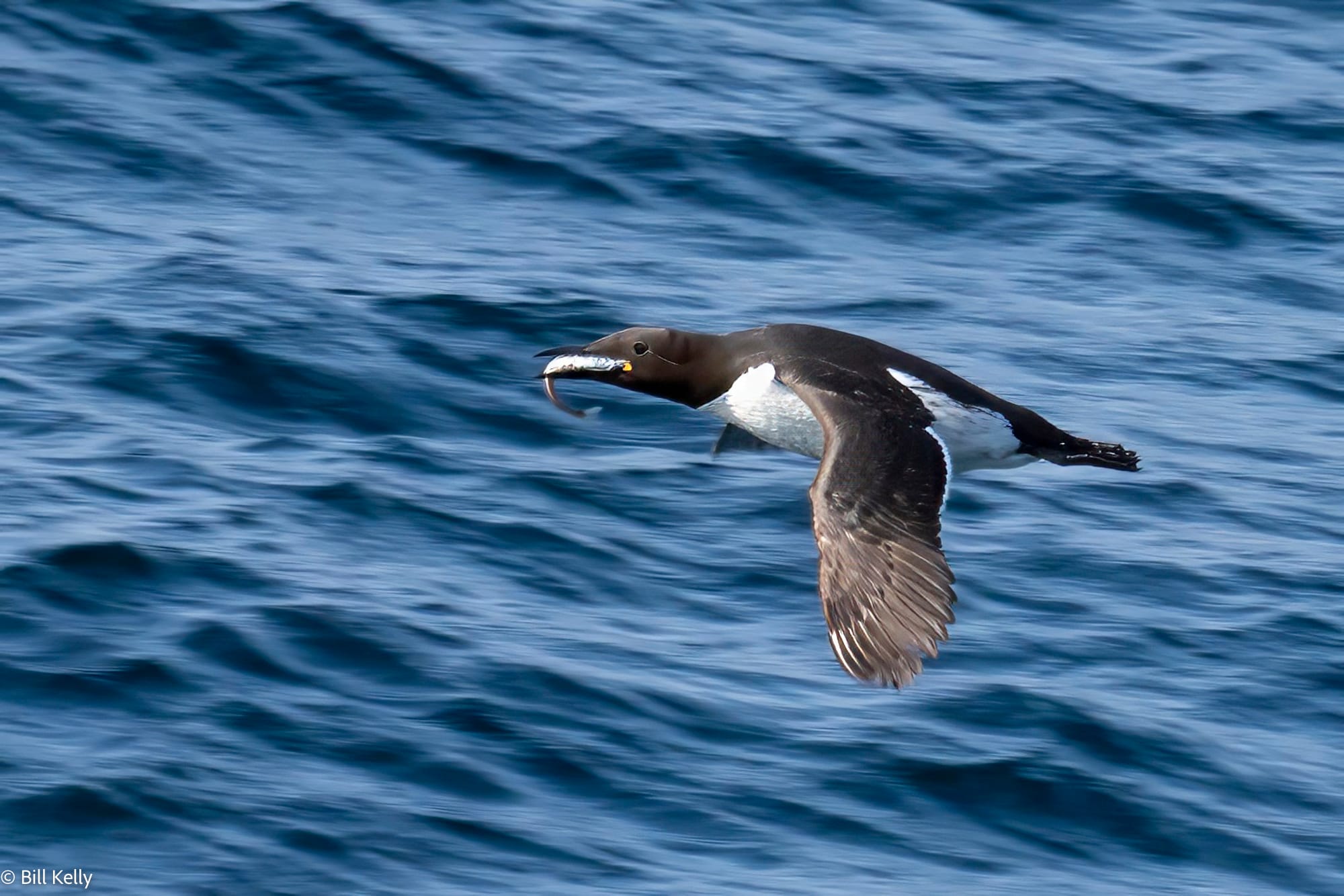
United States
Nome, Alaska
